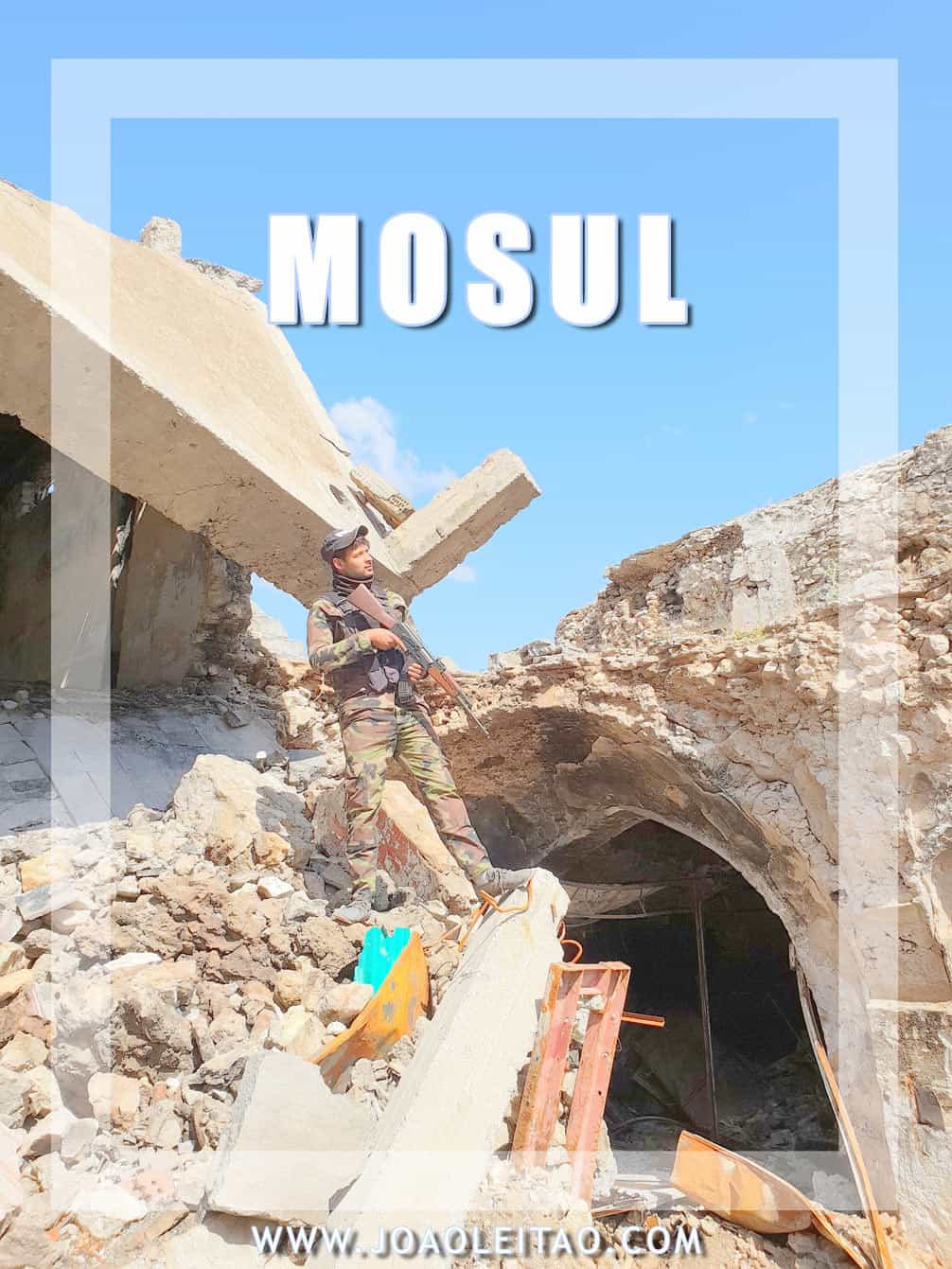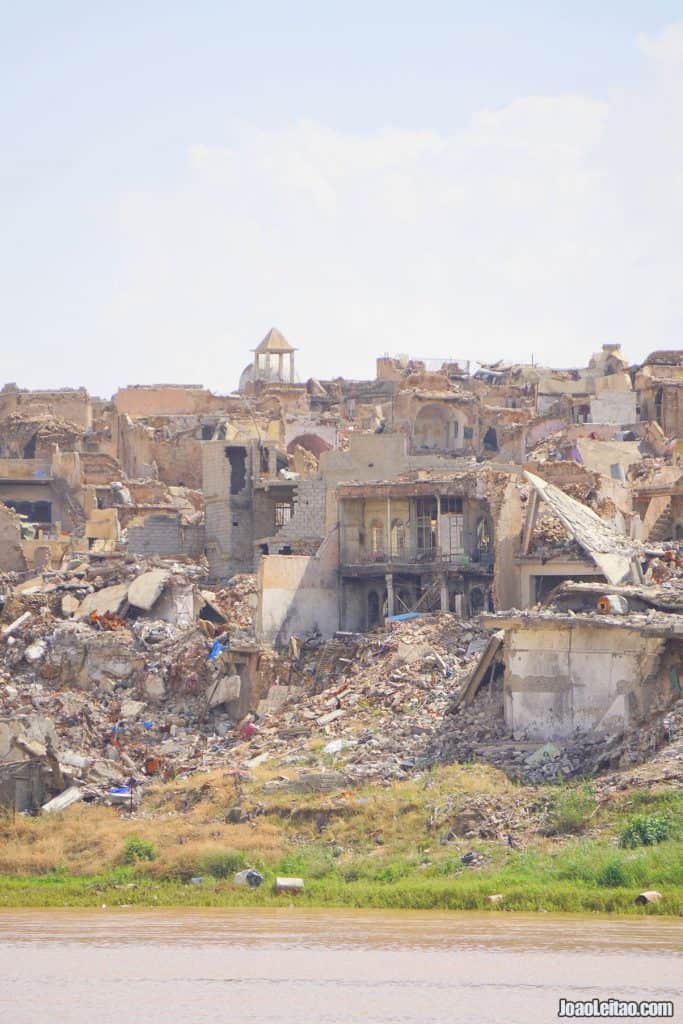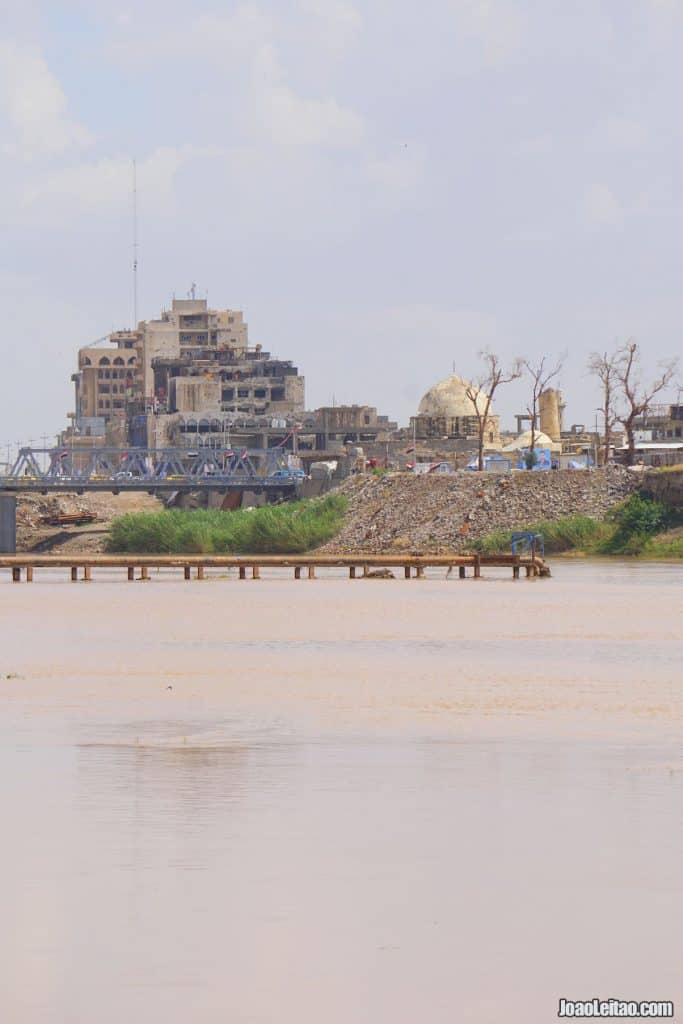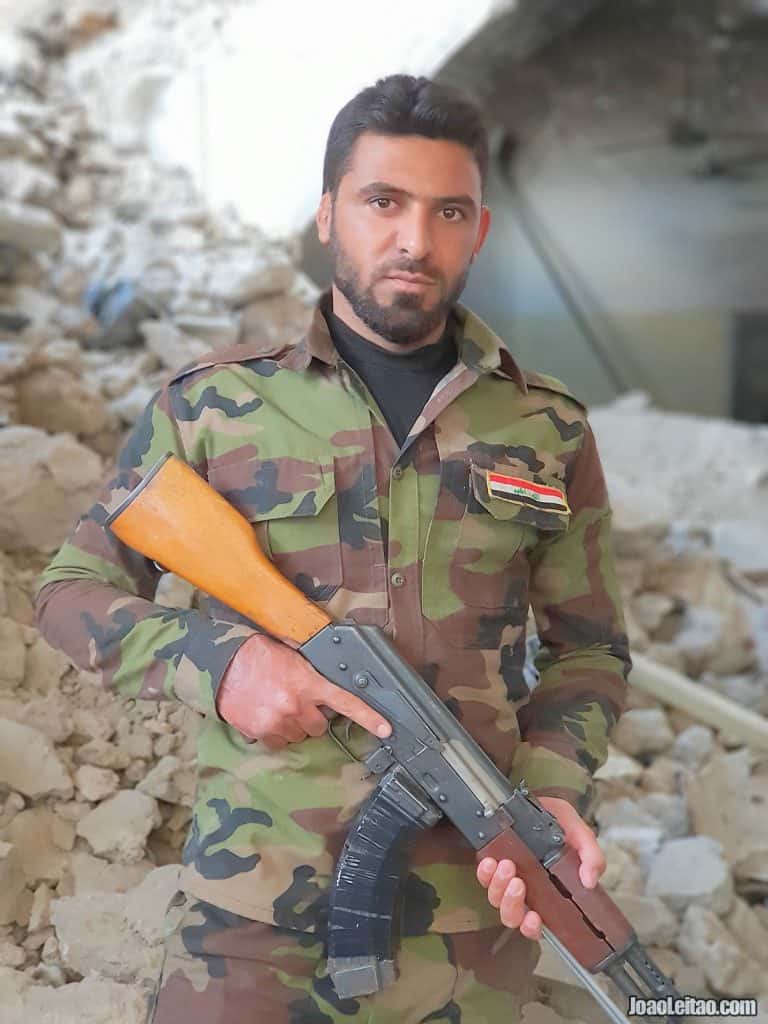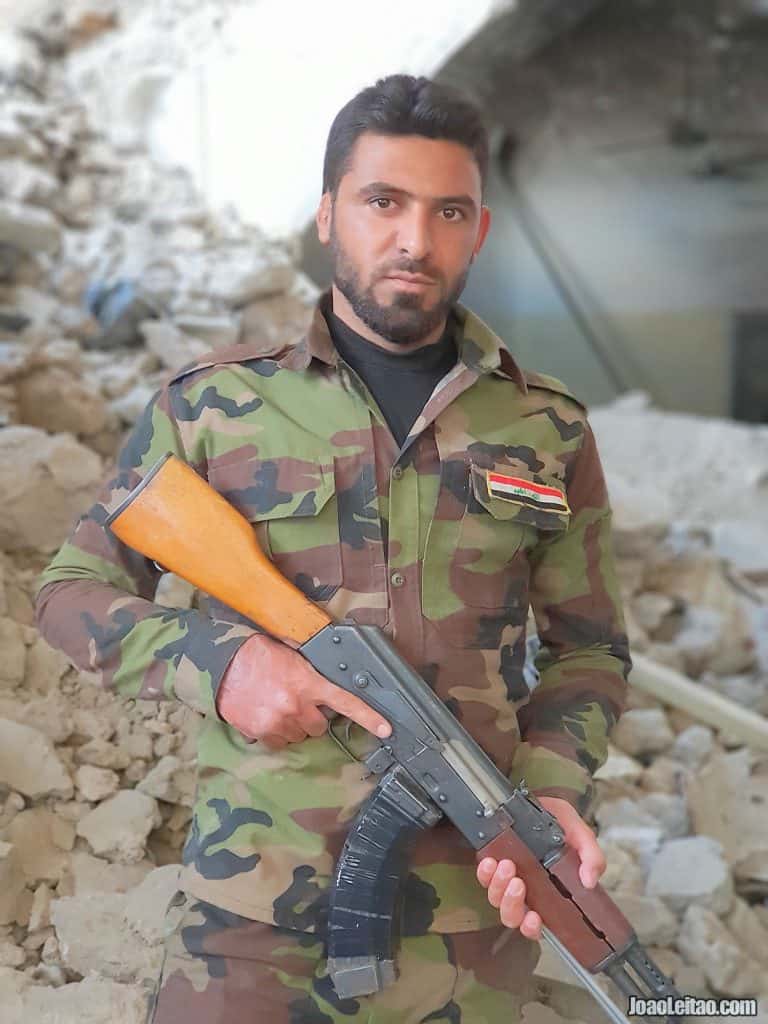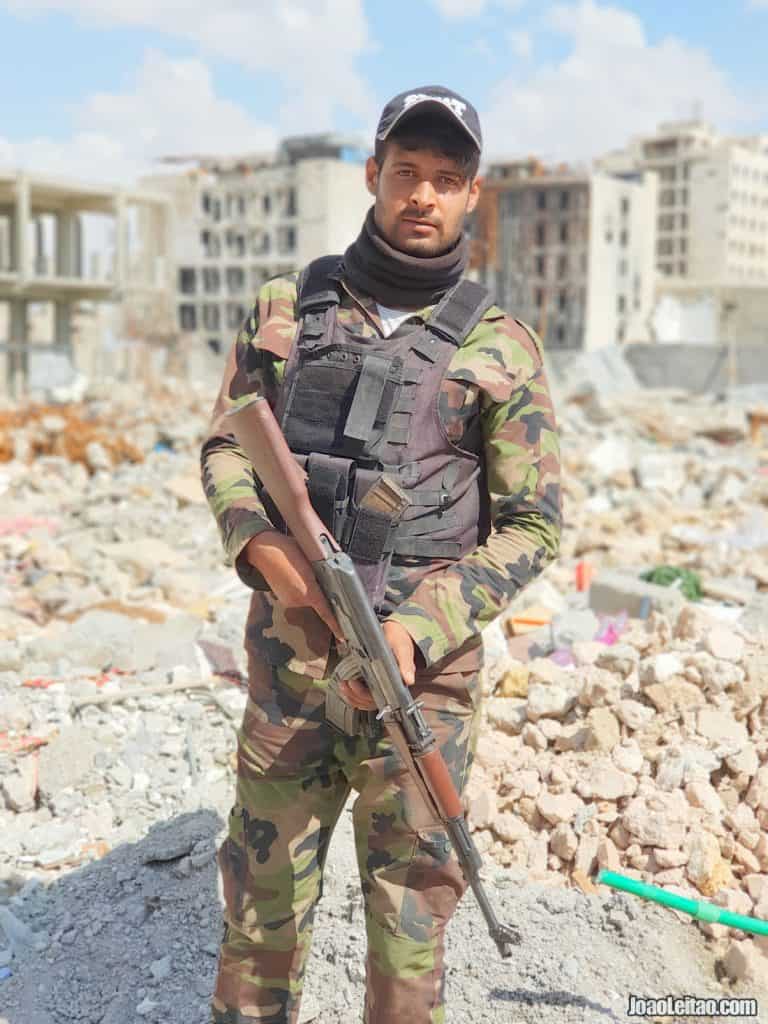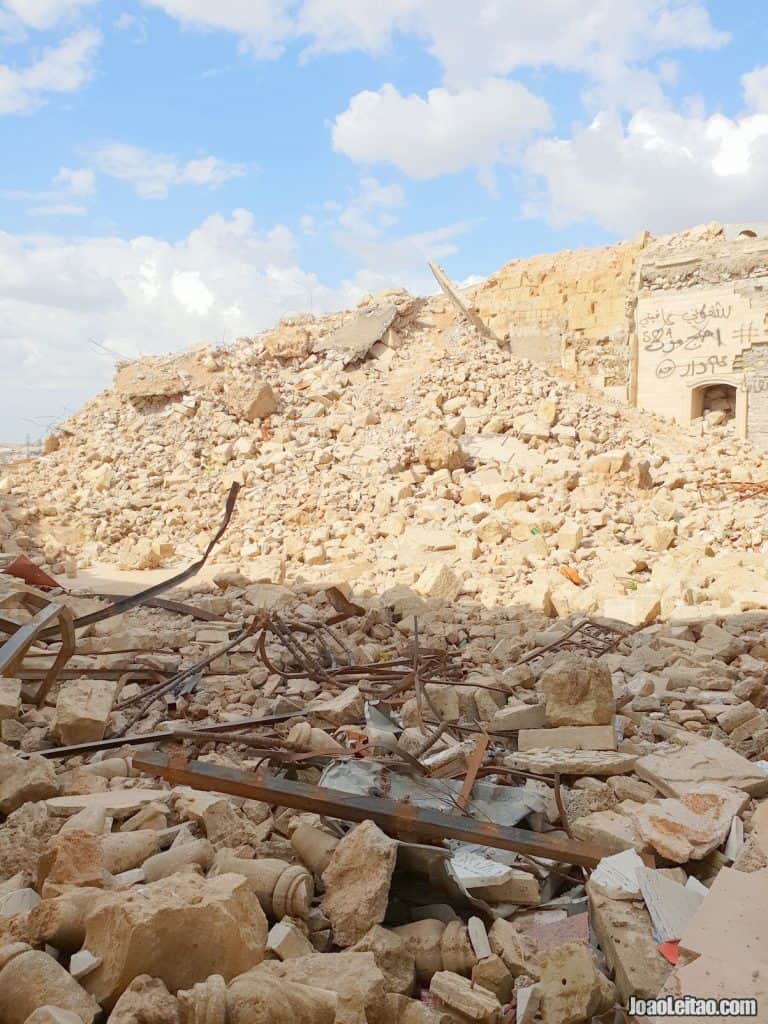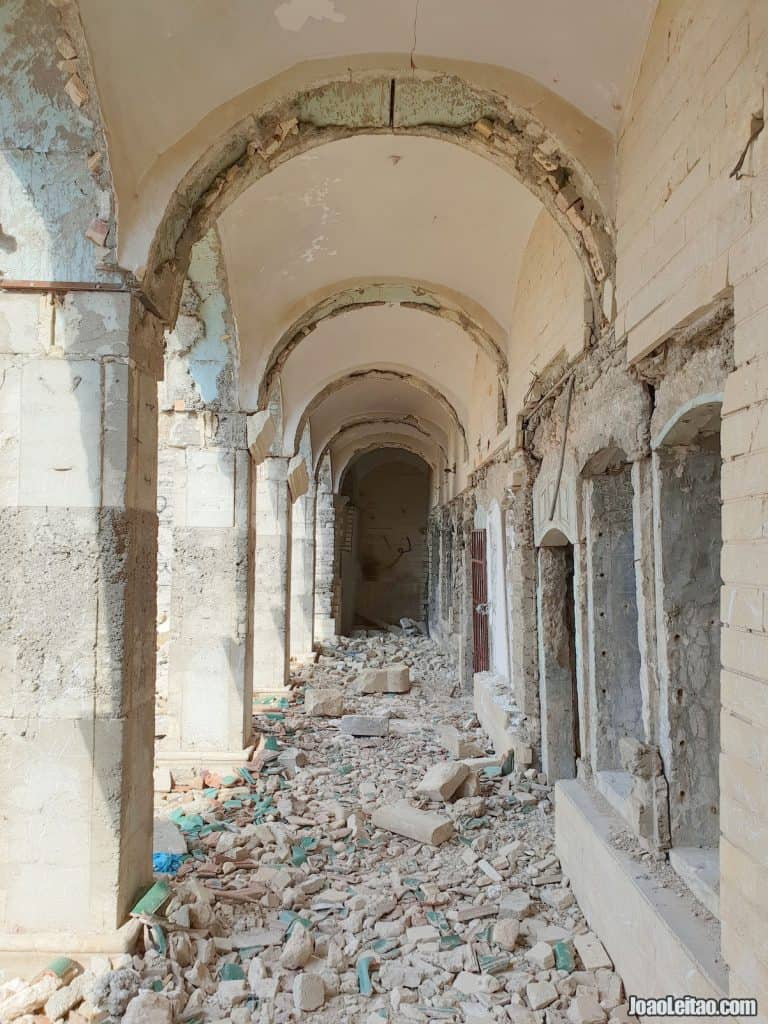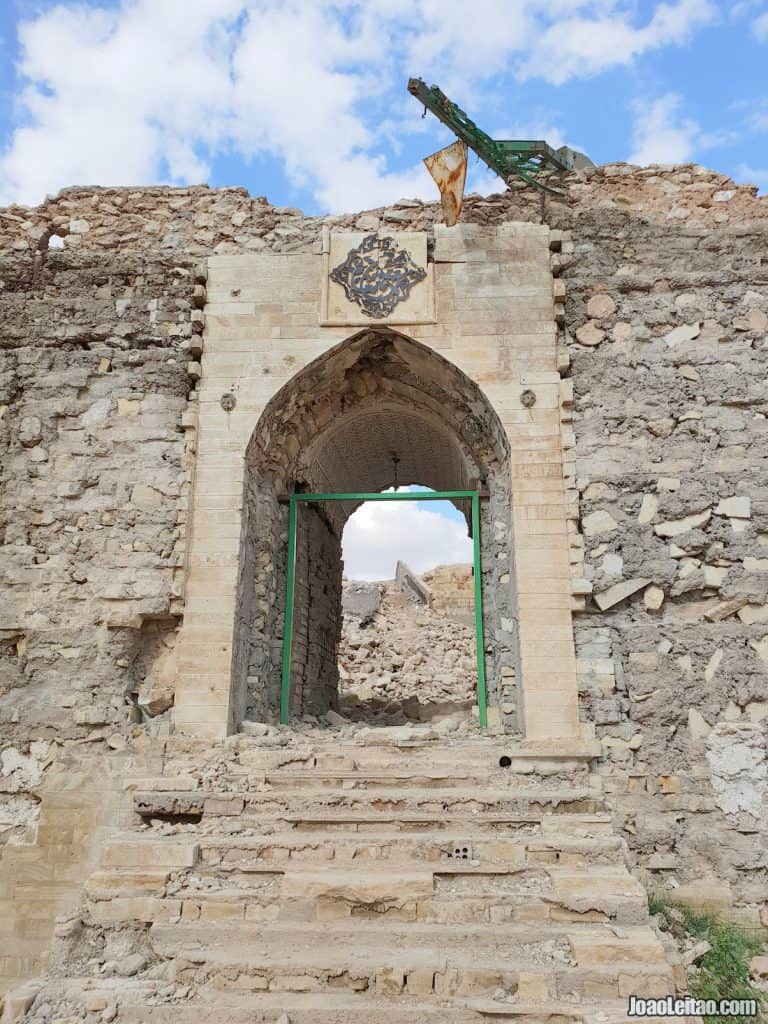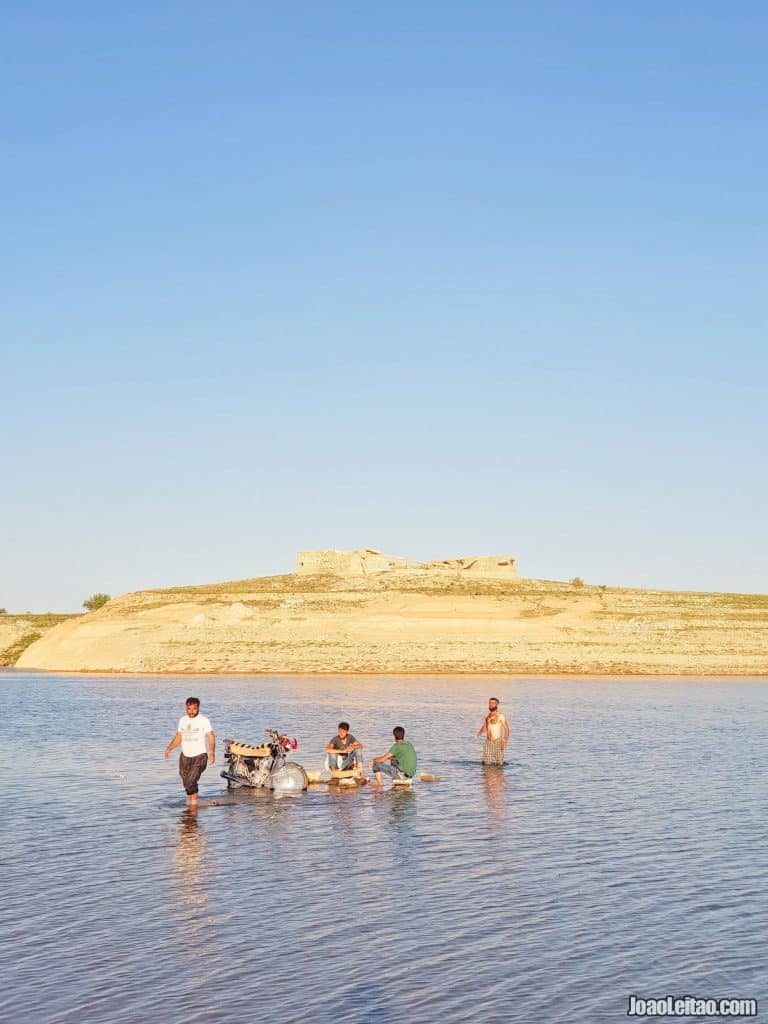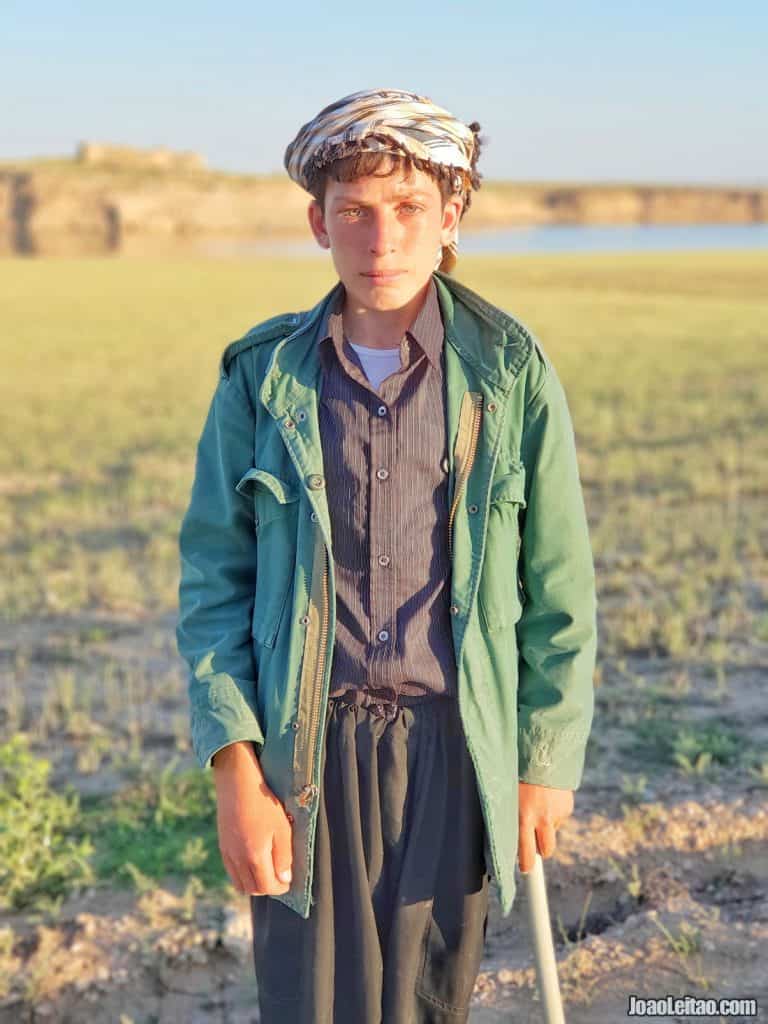Table of Contents
Visit Mosul
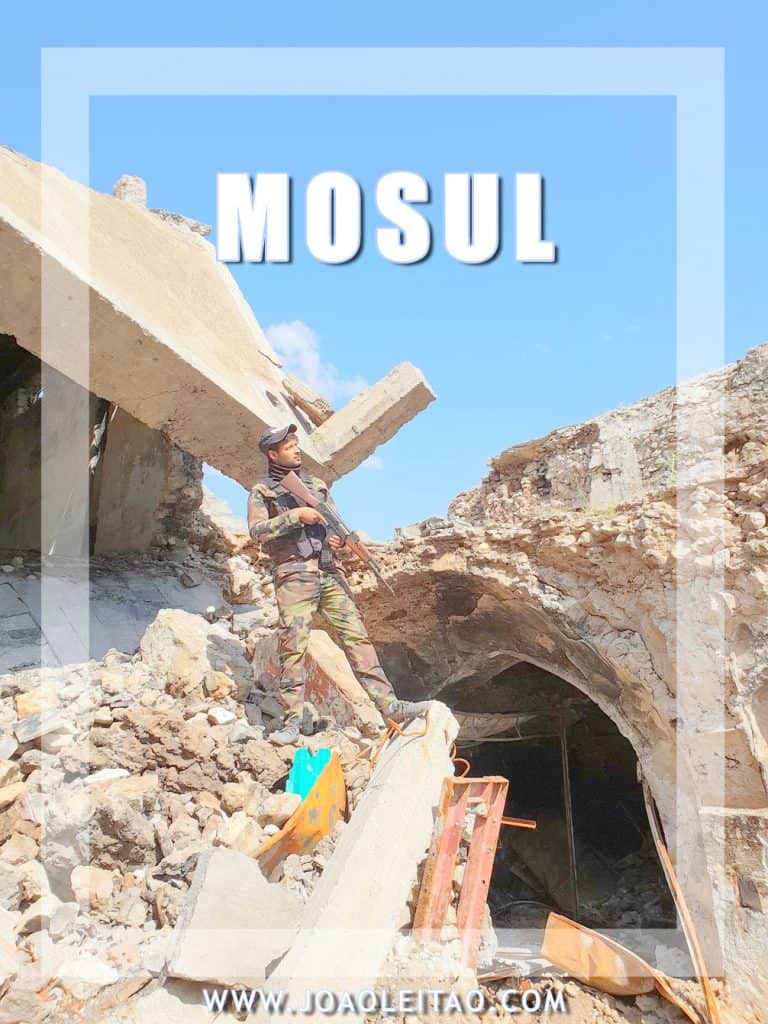
Mosul. A word that was on the newspapers’ headlines for months and that was repeated countless times by reporters on the television evening news.
Overall, Iraq was never a tourist destination. The last time this region was stable enough to be explored safely and independently… well, some might say it was when Saddam Hussein ruled when Iraq was one of the wealthiest and most developed countries in the Middle East.
In the wars that followed and after Iraq was invaded by the United States, the overall feeling of insecurity and political anarchy led to the appearance and spreading of the Islamic State (ISIS).
So, Iraq wasn’t a country open to tourism, but that doesn’t mean it doesn’t have a vast historical and cultural potential for those who can visit. Mosul is an excellent example of that. Nowadays is even possible to make a quick Mosul day trip from Erbil.
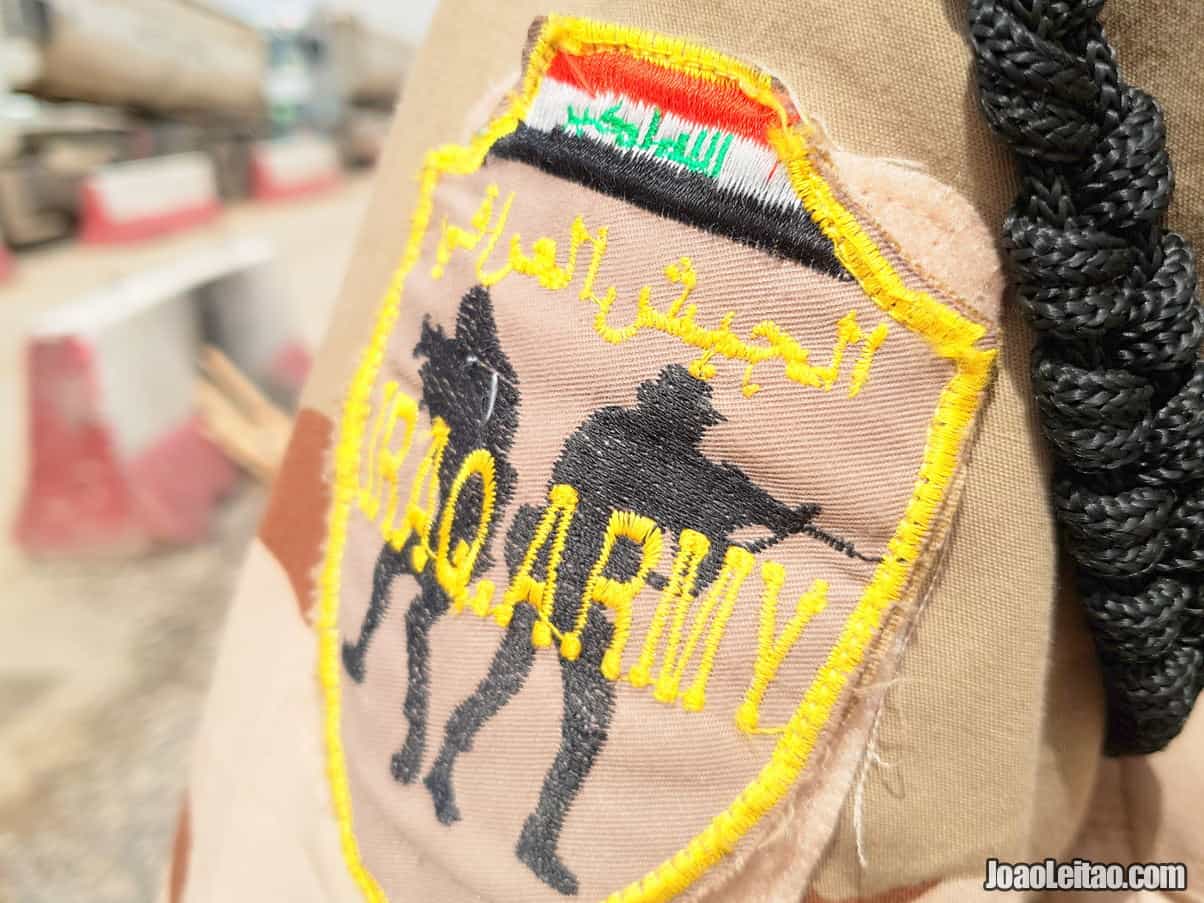
However, the three years of war with ISIS left devastating marks in the city, and both its historical heritage and its people suffered irreplaceable losses. Maybe in the future, they’ll build replicas of the monuments lost to the attacks, as it happened before in so many European cities after the Second World War. But for now, memories are all we have left of some of its most precious architectural gems.
When I did travel to Mosul, I always kept in mind I had to visit the city’s most important historical places, which meant coming to terms with all this destruction was incredibly difficult for me. Until today, I haven’t been able to process what I saw in Mosul.
Here are some of the most significant examples of what’s lost forever, at least in its original form.
Mosul Heritage destroyed during the war with ISIS
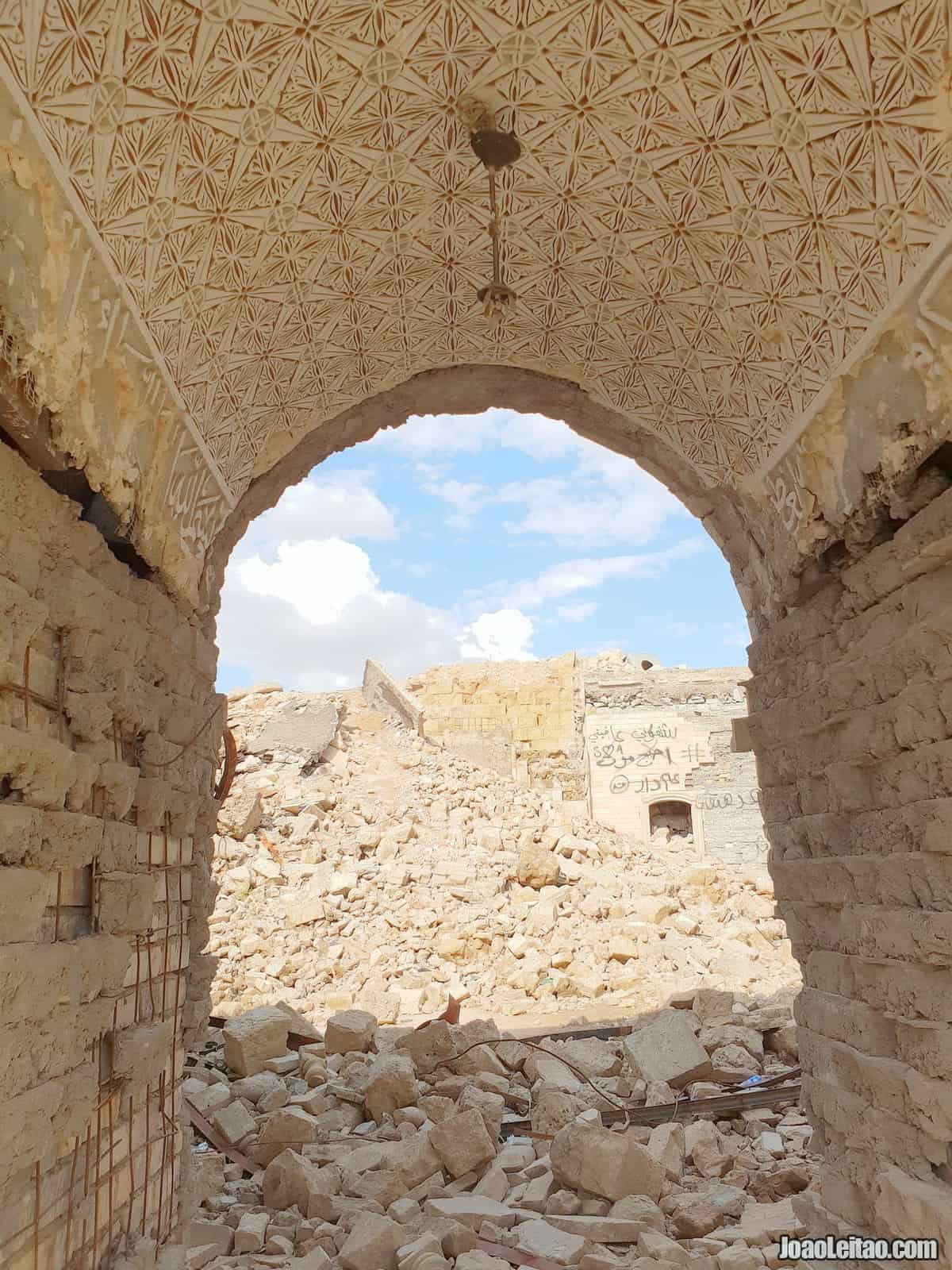
ISIS deliberately destroyed some of these historical monuments. Others were destroyed because they were caught in the middle of bombings and explosions.
In addition to relevant historical buildings, the fundamentalist group destroyed buildings that had a low historical value but were extremely relevant culturally and to the community.
Mausoleums, cemeteries, Shiite mosques, libraries, churches, and educational facilities, like the University of Mosul that was used for military purposes.
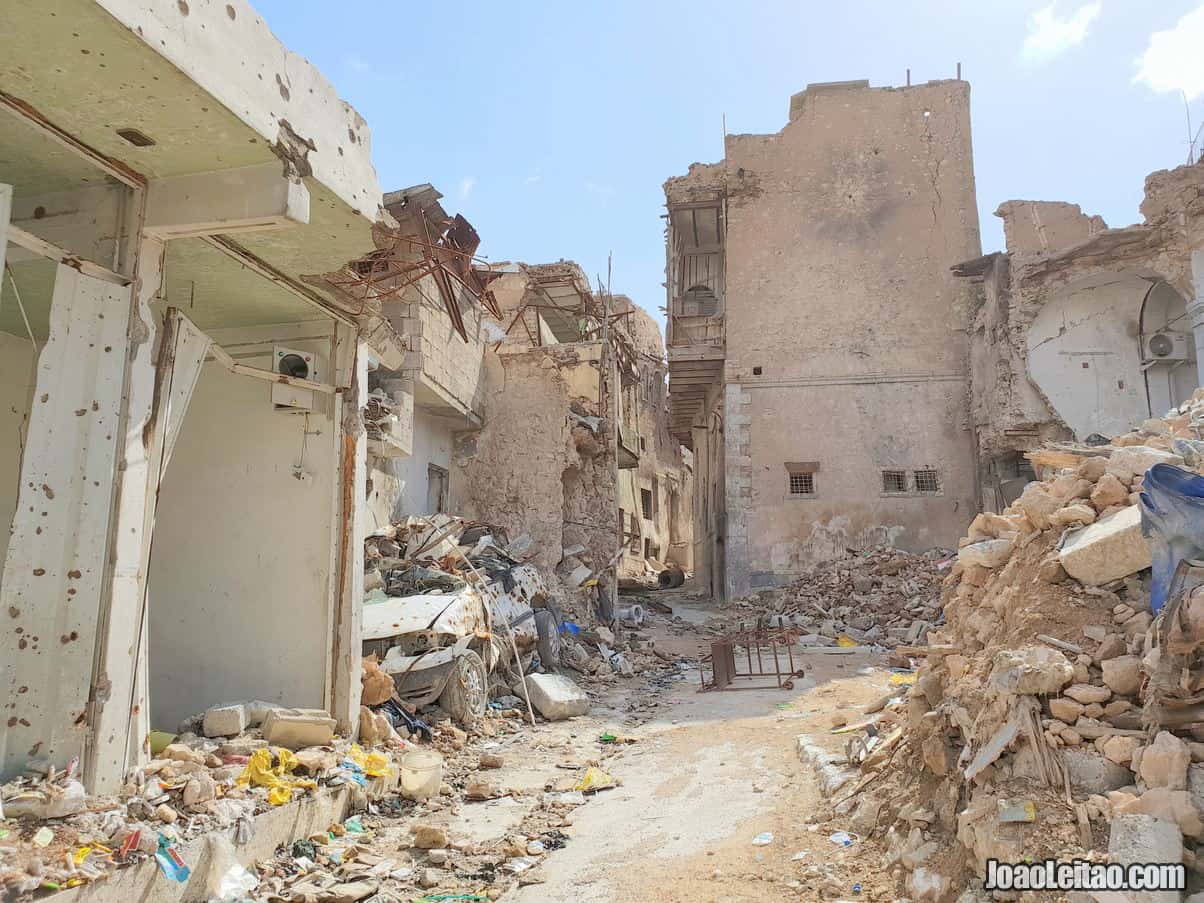
ASOR Cultural Heritage Initiatives, an NGO that monitors cultural heritage at risk, reported significant damages to 57 historic buildings during the battle of liberation of Mosul. According to the United Nations, 490 buildings were destroyed, and about 5,000 were damaged in Mosul’s historic center alone.
Maybe one day we’ll have a full account of what was lost, but all of the historic center in Mosul and a significant part of the remaining urban area were reduced to rubble. Dozens, maybe hundreds of small mosques, fountains, historical houses, squares and old alleys, markets, and temples of different religions were lost.
ISIS destroyed all churches in Mosul after they took over the city in June 2014.
Destroyed Heritage in Mosul
Mosque of Prophet Yunus: built in 1172 by Nuriddin Zangi near the Umayyad Mosque, that Moroccan traveler Ibn Battuta wrote about in the Middle Ages. Destroyed.
Umayyad Mosque: built in 640 by orders of Utba bin Farqad Al-Salami. It was the first mosque in Mosul, and until 2014 its minaret leaned slightly like the tower of Pisa. Destroyed in 2017.
Mausoleum of Imam Awn al-Din: presumably built in 1278, it was one of the few buildings in Mosul that survived the Mongolian invasions. It wouldn’t survive the Islamic State. It was blasted and bulldozed on 25 July 2014.
Al-Qubba Husseiniya Mosque: destroyed by ISIS in 2014.
Tomb of the Girl: also known as Qabr al-Bint. It was named as Tomb of the Girl because locals believe a girl who died of a broken heart was buried there, but it’s most likely the tomb of medieval scholar Ali ibn al-Athir. Destroyed in 2014.
Green Mosque: built in 1151 and known as Al-Mujahidi Mosque until the 15th century, in honor of its mentor. It was also known as Al-Rabad, which means “from around” because this is where people who lived in the suburbs of Mosul came when they couldn’t get to the always full mosques in the center of the city. It was practically abandoned at the time of the Mongolian invasions but was restored in 1718. ISIS blew it up with dynamite in 2015.
Tomb of Prophet Daniel: blasted in July 2014.
Hamu Al-Qadu Mosque: built in 1880, this mosque housed the mausoleum of Ala-al-din Ibn Abdul Qadir Gilani. It was destroyed in March 2015.
Church of the Virgin Mary: blasted in July 2014;
Dair Mal Elia Monastery: the oldest institution of its kind in the country, destroyed at the end of the summer in 2014.
Al Tahera Church: built in the 20th century and allegedly destroyed by ISIS in February 2015;
St. Markourkas Church: built in the 10th century and part of the Chaldean Catholic Church until it was destroyed on 9 March 2015. The old adjacent cemetery was also destroyed.
Sa’a Qadima Church: built in 1872, destroyed in April 2016;
Nineveh Archaeological Site: the ruins of the former Assyrian capital city were ransacked by members of the Islamic State, who began digging to find archaeological remains. They destroyed several of the old buildings at the site, including the Sennacherib Palace.
Old Forts of Mosul: in January 2015, ISIS destroyed a large part of the wall of the old city of Nineveh near the al-Tahrir neighborhood. A few months later, they destroyed other sections of the wall, including the old gates of Mashka and Adad.
Bash Tapia Castle: built in the 12th century as one of the seven defense fortresses of Mosul, it was the setting for the Persian siege to Mosul during the war against the Ottoman Empire in 1743. It was completely neglected after the USA invasion in 2003, and practically in ruins in 2014. In April 2015, ISIS damaged it even further.
The assets of Museum of Mosul: in February 2015, ISIS destroyed a large part of the collection of the Museum of Mosul. Most were from the Assyrian period and had been found in the ancient city of Hatra.
English War Cemetery: created in 1915 for the British military who died in battle in the First World War. Destroyed by ISIS.
Mosul: A bit of History
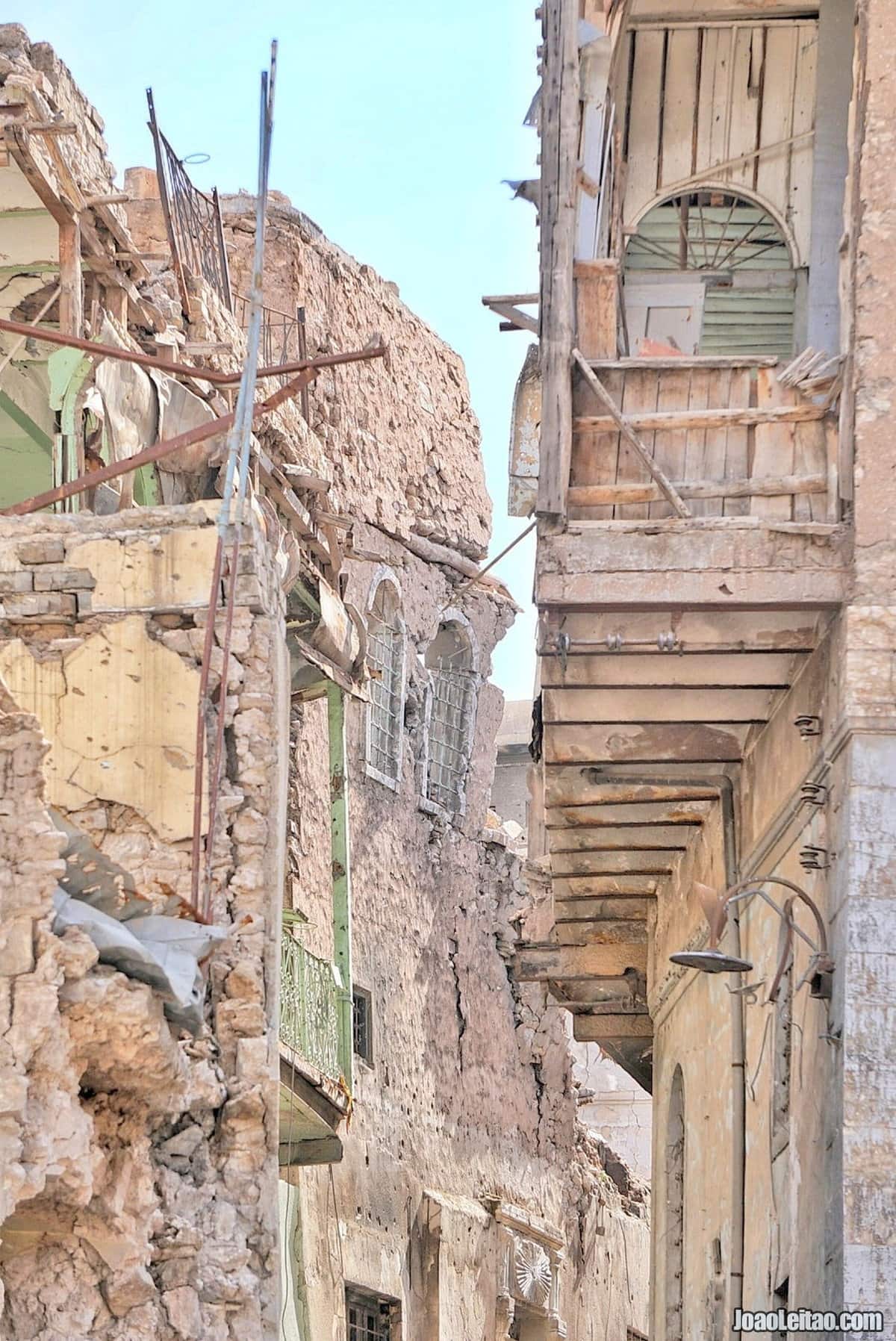
Mosul was built where there was once an Assyrian fortress, but there were traces of human presence that dated back at least 8,000 years. In ancient times the city was part of the Assyrian civilization and was once its capital. In the 6th century BC, it was an important Persian commercial depot, and after the fall of the empire of Alexander the Great, it became part of the new political power, the Seleucid Empire.
The Parthians conquered Mosul in 224 BC, and 400 years later the city was ruled by the Persian Sassanids. In 637, the Arabs came and with them brought Islam. The Umayyads made Mosul the capital city of the Mesopotamia in the 8th century, and from then on, the city flourished.
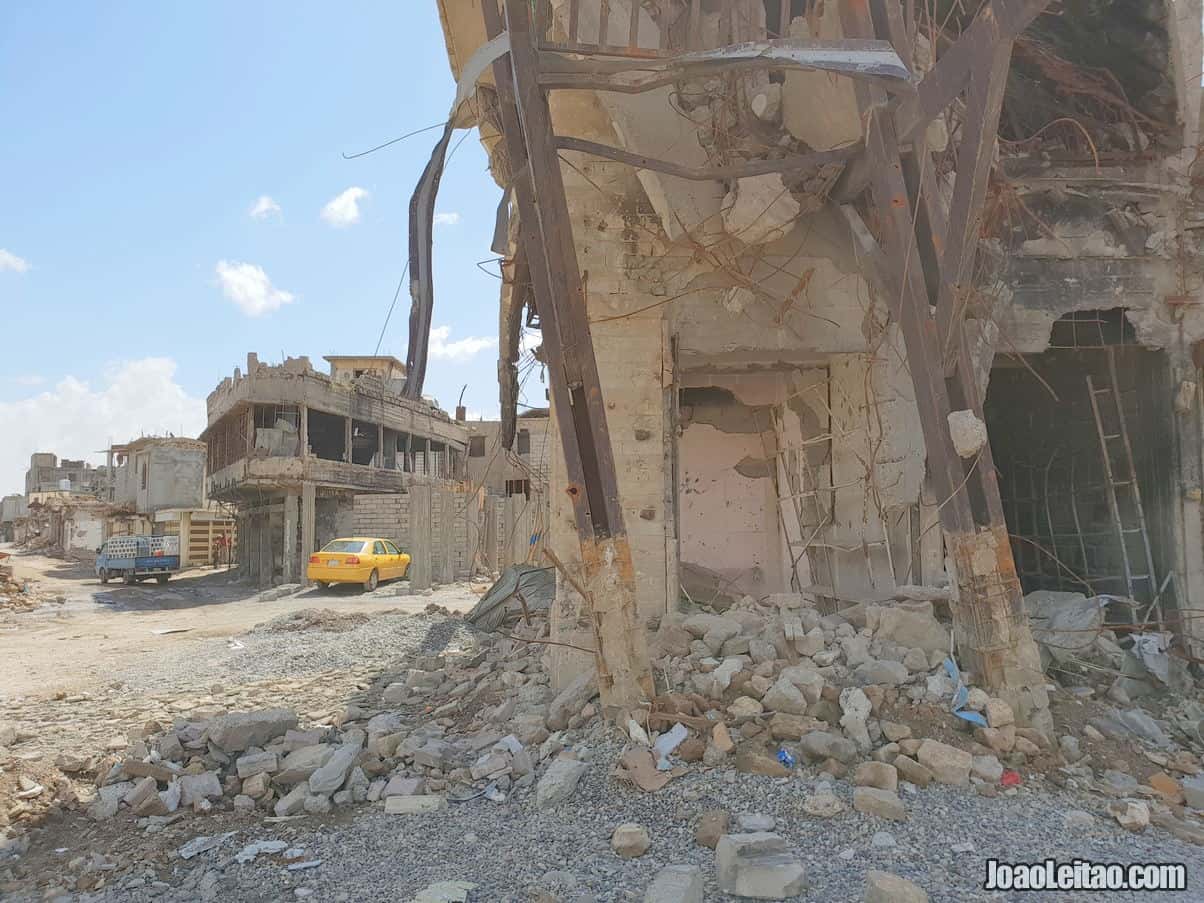
The Early Middle Ages were relatively stable. During the Abbasid Dynasty, Mosul was an important commercial depot due to its strategic location in the trade routes from India.
Around 1120, it became the political center of the Zengid Dynasty. In 1182, Saladin tried to conquer the city, but the siege was unsuccessful. The Mongolians were more successful and conquered and destroyed Mosul in the 15th century.
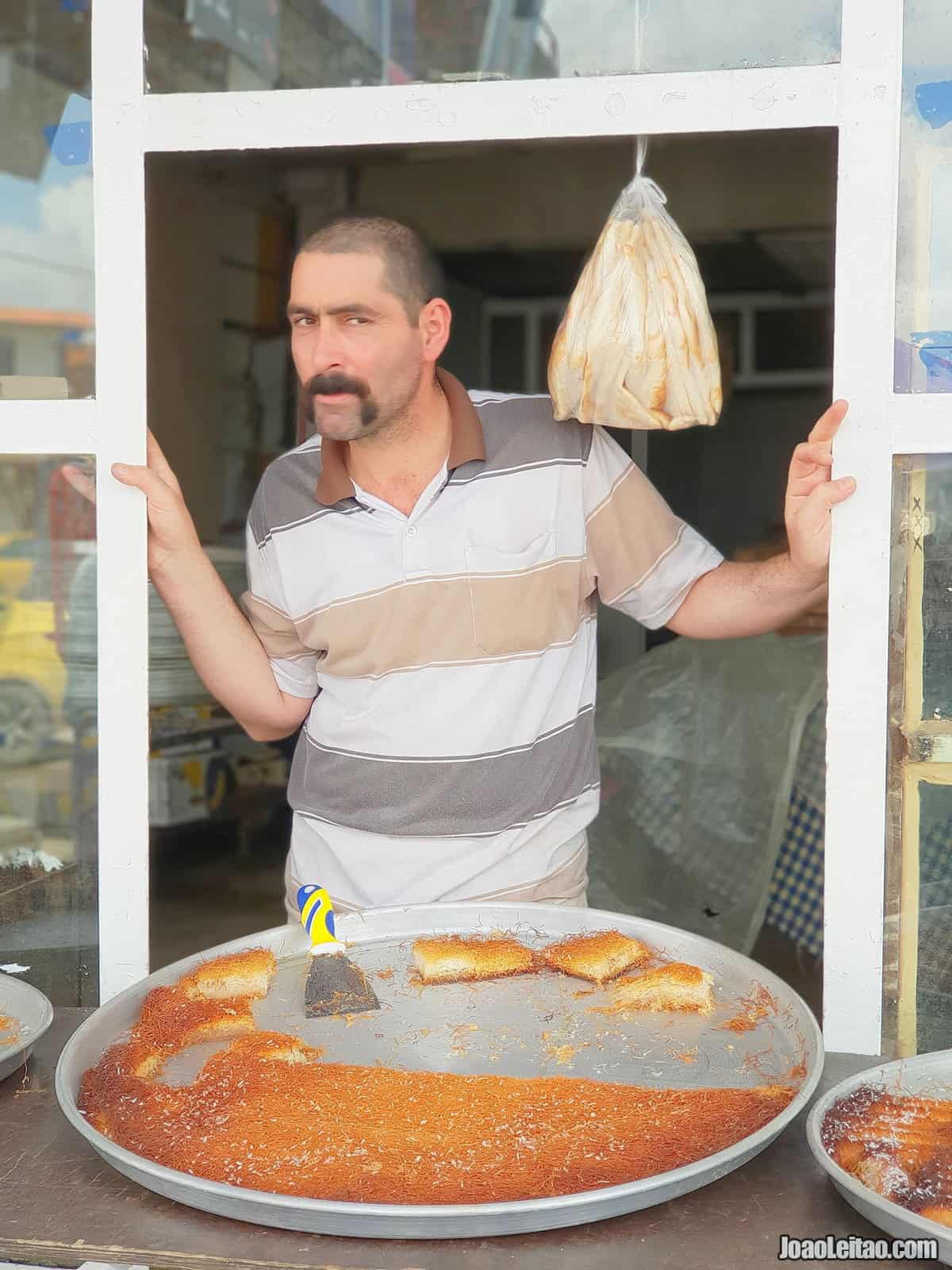
The Ottomans rebuilt the city when they made it part of their empire. They managed to rebuild it completely, but the former grandeur was never restored, despite the economic boost when oil was discovered in the area in the 19th century. It was part of the Ottoman Empire until the end of the First World War in 1918.
After a long period under British ruling, current Iraq became independent in 1932 and Mosul became part of the new country.
In 1967, when the University of Mosul was founded, the city was the cultural capital of Iraq.
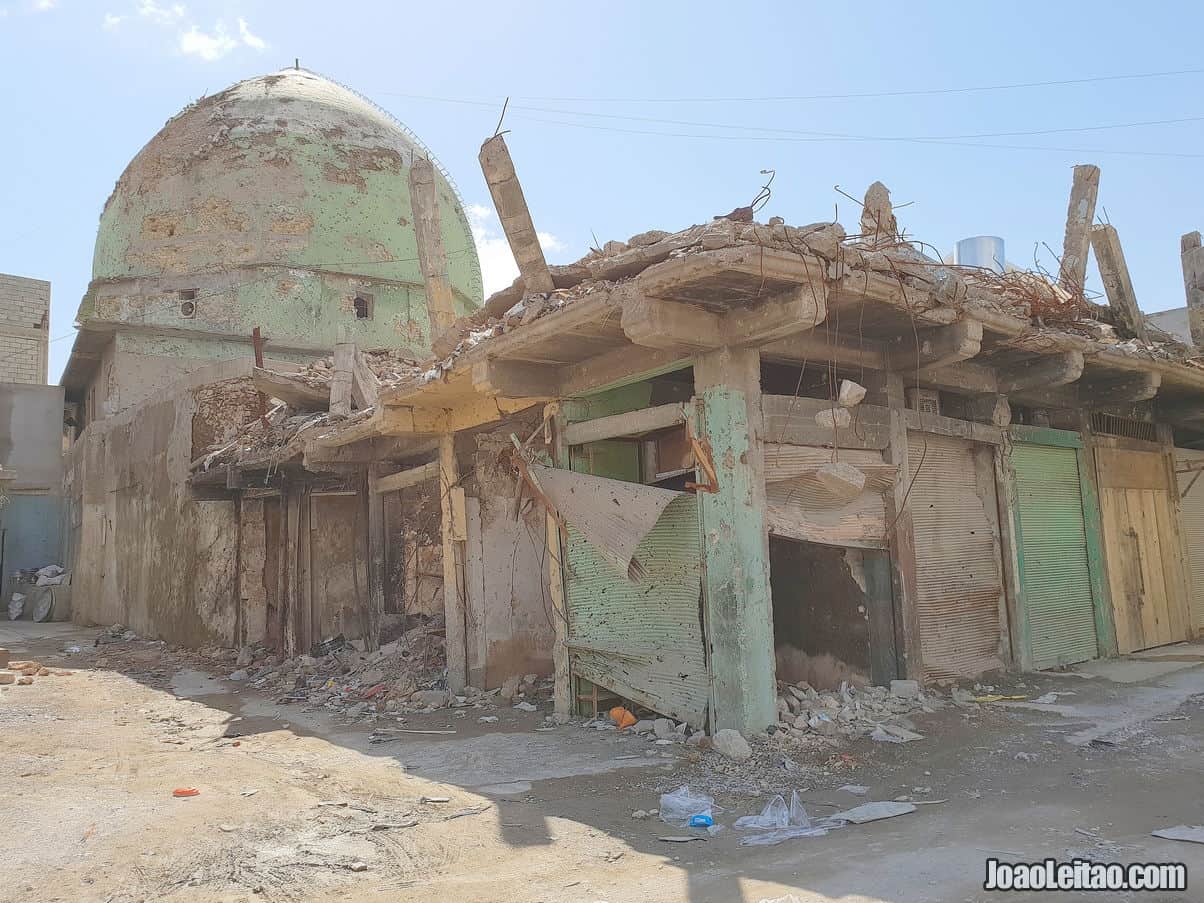
Until the end of the 20th century, the city was relatively safe during the war with Iran and the conflicts that followed the Iraqi invasion of Kuwait. The 2003 attack of the USA on Iraq followed when they ended the regime of Saddam Hussein. The city collapsed on 11 April, after the 5th Division of the Iraqi Army retreated. The sons of the deposed dictator, Uday Hussein and Qusay Hussein, were shot by the occupying armed forces in the streets of Mosul.
Since the American occupation, Mosul has been an unsafe city, with frequent shootings, suicide bomb attacks, and constant tension. For example, in June 2004 a series of armed cars exploded in a planned attack that killed 60 people and injured over 220. In November of that same year, opposition retaliated against the USA, and the fighting grew to a gigantic proportion with hundreds of casualties among the military and civilians.
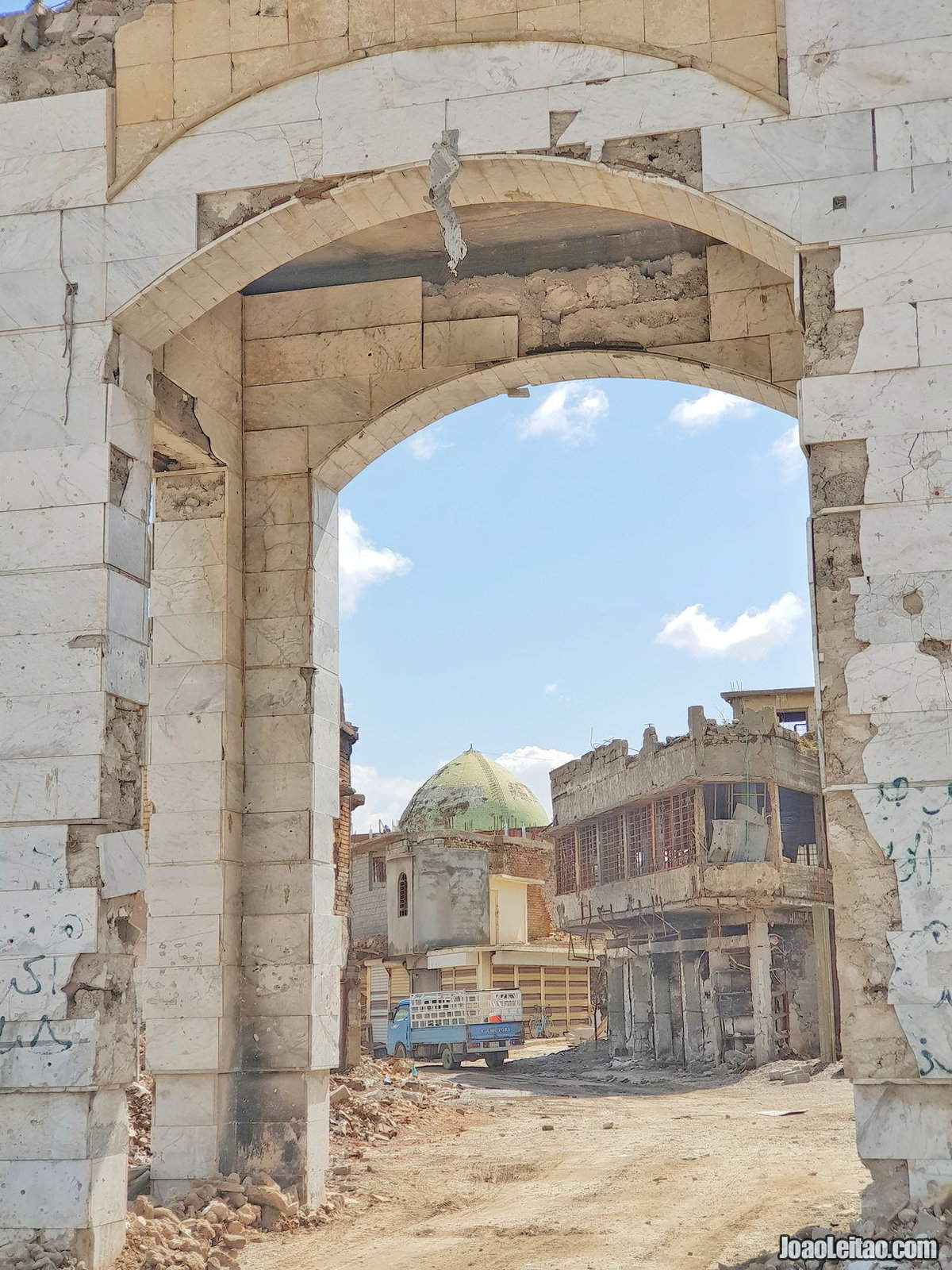
In the first half of 2008, History repeated itself. This time, ISIS tried to take over Mosul supported by an intricate coalition with a tribe-like mentality. The conflicts went on for six months, with both sides moving forward and backward. Bombings were frequent and caused hundreds of casualties, both military and civilian.
When ISIS attacked and conquered Mosul in June 2014, it didn’t get better. Two years of brutal occupation and almost complete destruction followed during the battle to take back the city by governmental troops supported by the USA.
Islamic State and Mosul (a timeline)
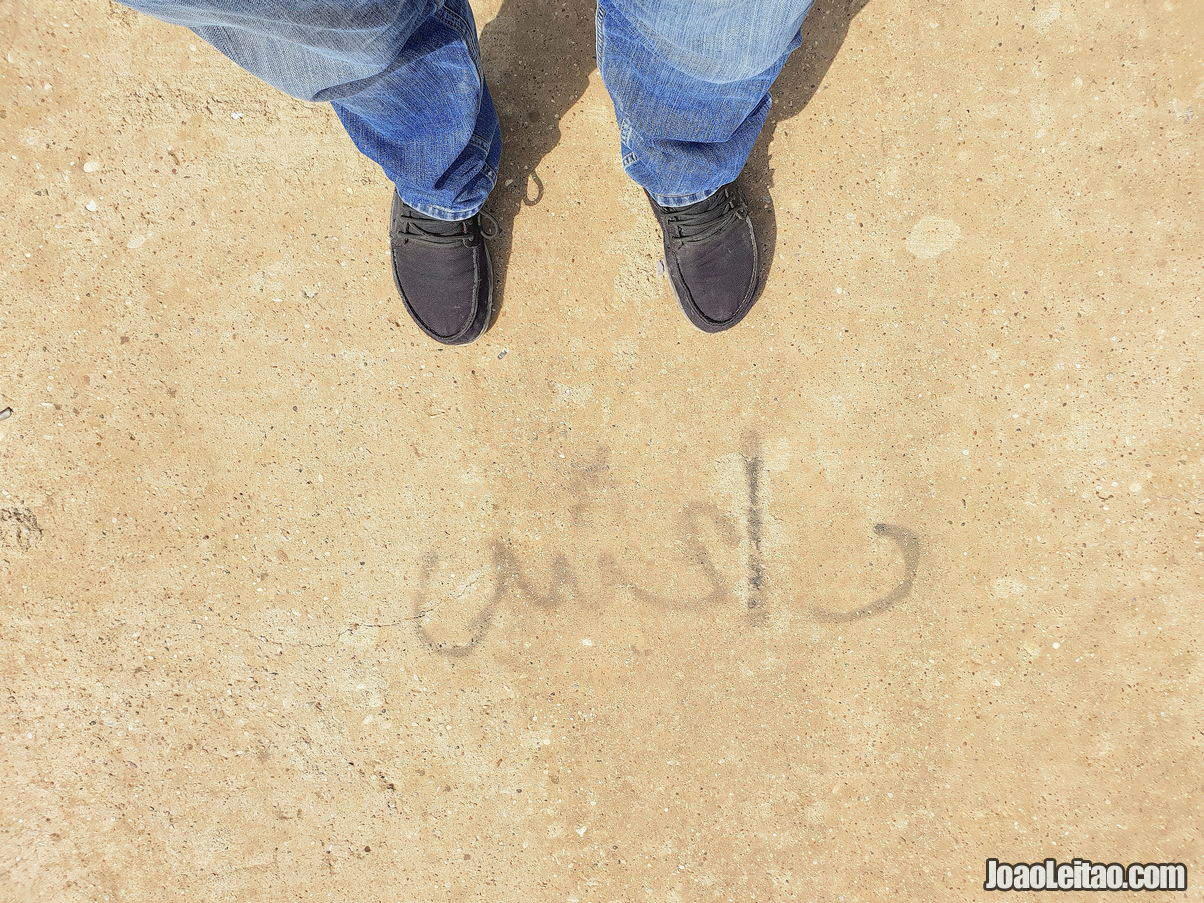
Islamic State takes Mosul (2014)
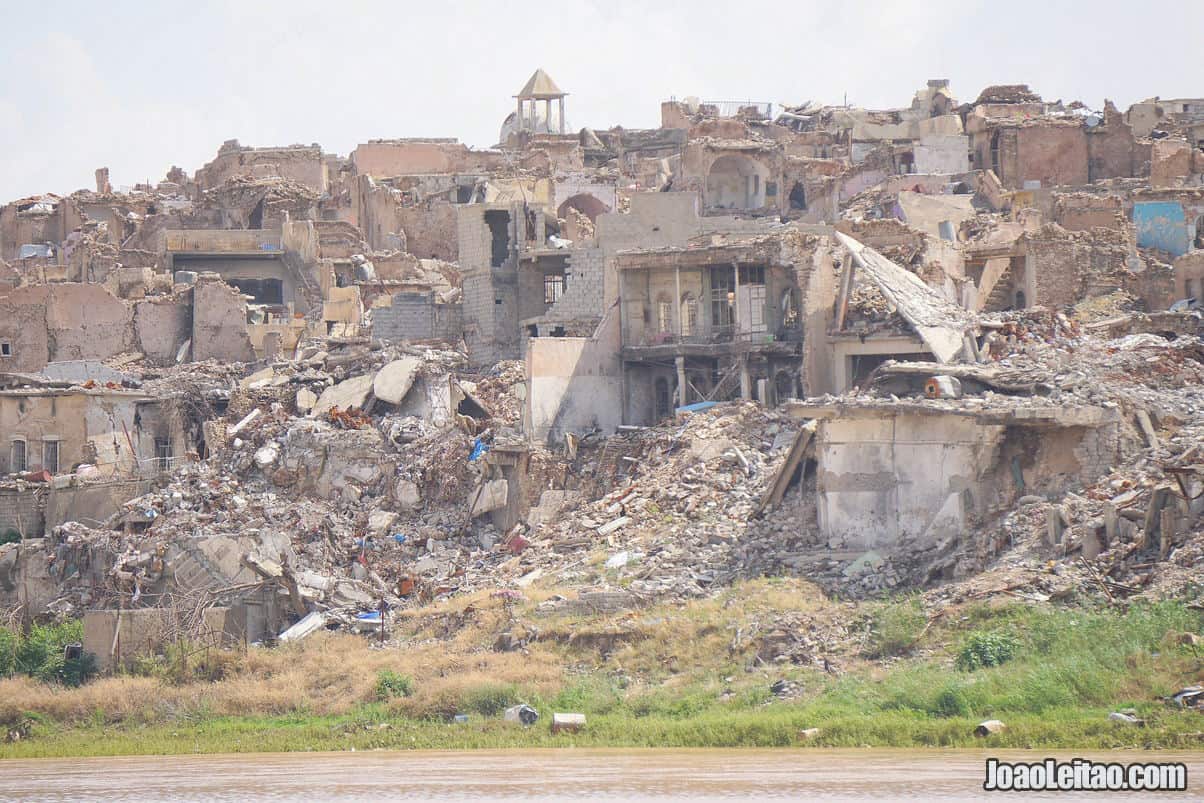
2014. The ISIS phenomenon worries the world and, in Iraq, they succeed in conquering one territory after the next. Fallujah falls on 4 January, and in June all eyes are on Mosul.
On the first week of that month, the Islamic State attacks the north of Iraq and Mosul. The third largest city in the country, with two million people, is clearly the main target.
It’s strongly protected by government troops, an army with about 30,000 men backed by police forces with about the same number of people. The attacking group wasn’t bigger than 1,500 men, but they were motivated, eager to win, and heavily organized, trained, and armed.
The Islamic radicals take the Ghizlani military base and the Badush prison, releasing the 1,200 prisoners that were incarcerated in both facilities, thus increasing their number.
Everything is over in just six days. The government soldiers retreat to the north of the city, leaving the airport and the center of Mosul in the hands of ISIS, which allows them to obtain valuable war material.
Army soldiers are seen leaving their weapons and uniforms behind, joining the crowd that leaves the city in despair. Overall, it’s estimated that a total of 500,000 people, one-quarter of the entire population of Mosul, has abandoned the city.
On 10 June the Islamic State controls Mosul completely. The ill-prepared government forces couldn’t stop them. The appeals to the Iraqi Kurds made by Bagdad, to send their army, the efficient Peshmerga, to help the city were in vain.
Two years of occupation will follow, that will only end in 2017. In the meantime, the Islamic State made Mosul its capital city.
Mosul under the Islamic State Occupation (2014-2016)
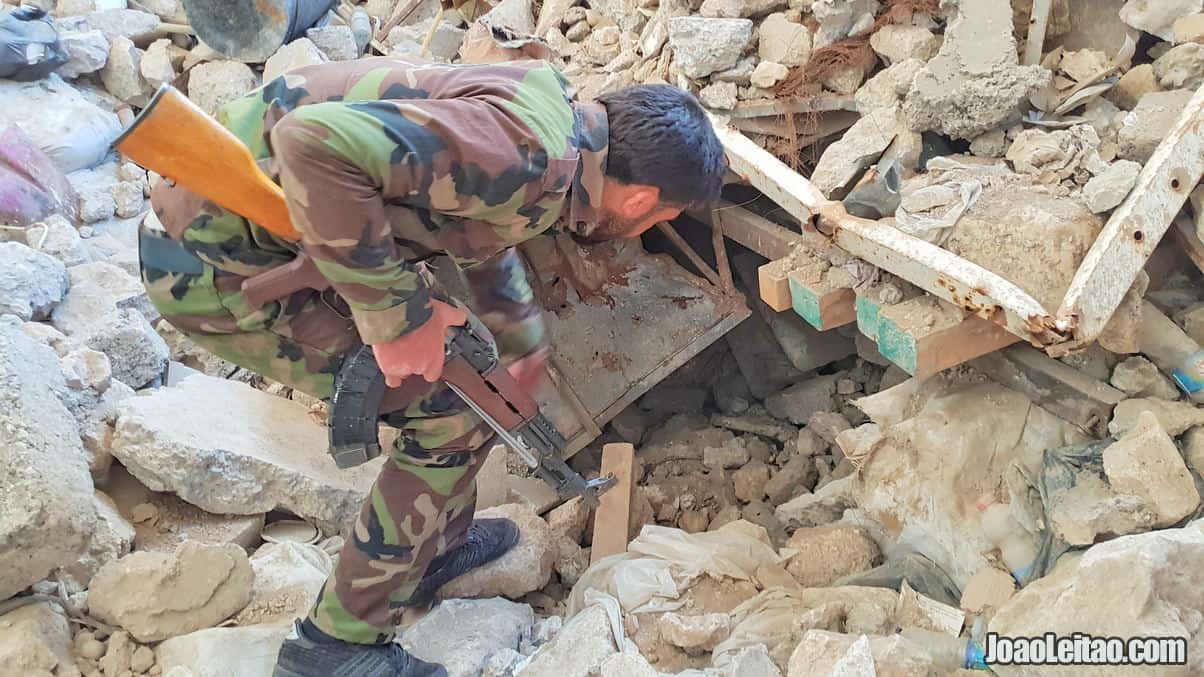
The time Mosul was under control by the Islamic State wasn’t easy for the ones who couldn’t leave the city or decided to stay after ISIS took over in January 2014. An estimated total of 1.5 million people.
In the city, now proclaimed as the capital of the Islamic State, women are now only allowed to leave their houses with a male escort and must cover themselves completely, including wearing gloves. There were reports of women being sold as sex slaves by ISIS and hundreds of women being executed for refusing to have sex with ISIS members or to work as sex slaves.
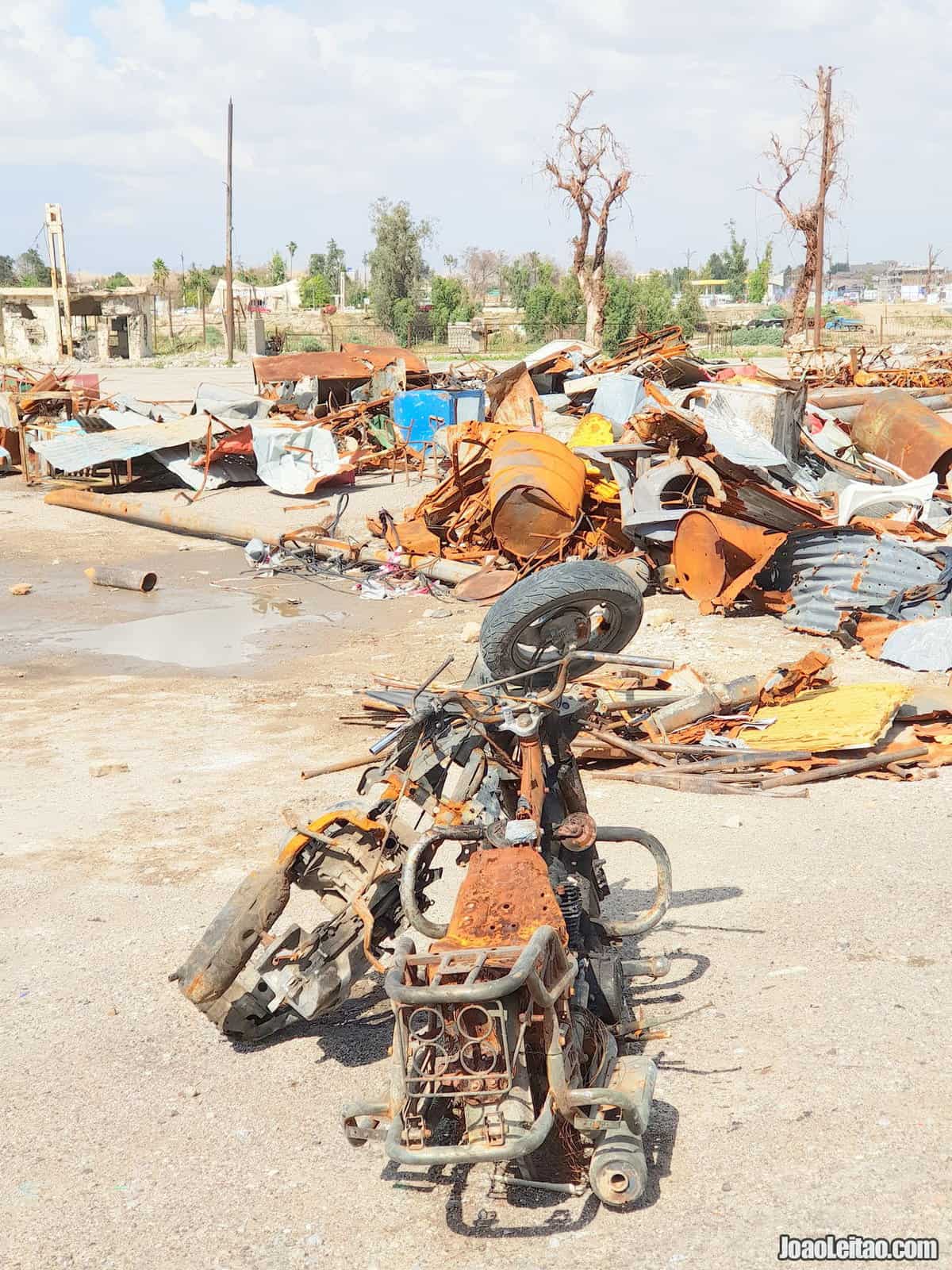
Ethnic and religious minorities were persecuted, suffering all kinds of atrocities. Many of them were executed. Their heritage was either vandalized or destroyed. Among the damaged heritage are most of Mosul’s libraries, the mosque of prophet Georges, the mosque of prophet Yunus, the Museum of Mosul, and the Nergal gate.
The loss of heritage and human lives in the city is impossible to measure. They executed thousands of people, sometimes individually and other times in groups. ISIS gave many reasons for these executions, but most times people were killed for no apparent reason. Homosexuality, refusal to take orders, apostasy, refusal to become a member of ISIS, attempt to escape the controlled area, and treason were some of the most frequent motives. But some other situations were completely senseless, like the case of the 13 teenagers who were executed in January 2015 for watching a soccer match.
The execution methods reported are diverse and include some extreme cruel ones like drowning people in cages, or burning people to death with fire, nitric acid, or boiling tar.
Liberation of Mosul (2016-2017)
Unlike when ISIS took over two years before, the government troops didn’t take back Mosul at once.
The operation began in October 2016 when government forces and the militias that supported them began to group around the city.
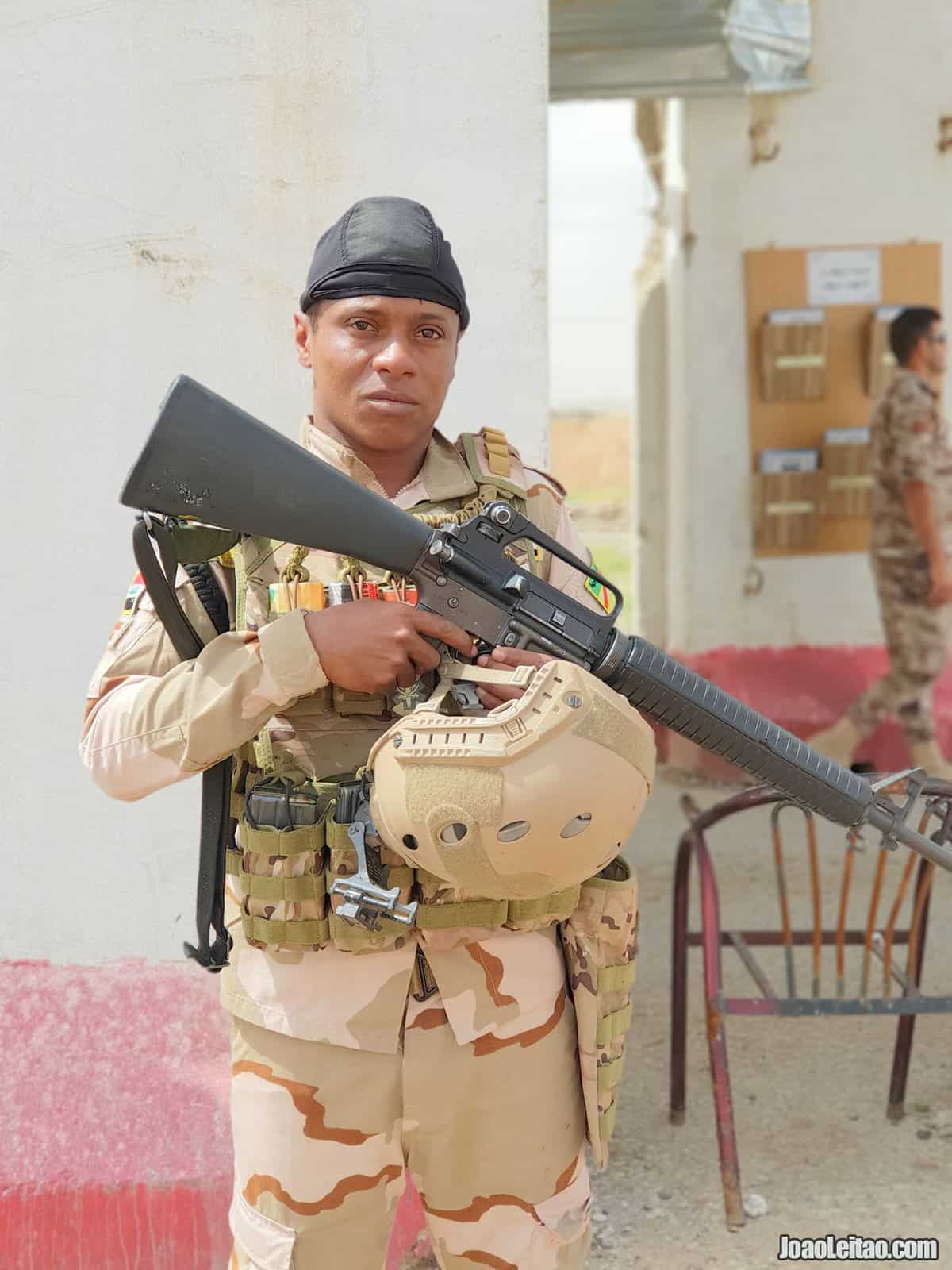
Nine months of a bloody urban battle followed. The liberation of Mosul was announced on 10 July 2017 by Haider al-Abadi, the Prime Minister of Iraq.
Perhaps Mosul is not yet completely liberated. Officially, yes, but there are a few ISIS sleeper cells and, at least until recently, there were a few fights or terrorist attacks almost daily.
My trip to Mosul
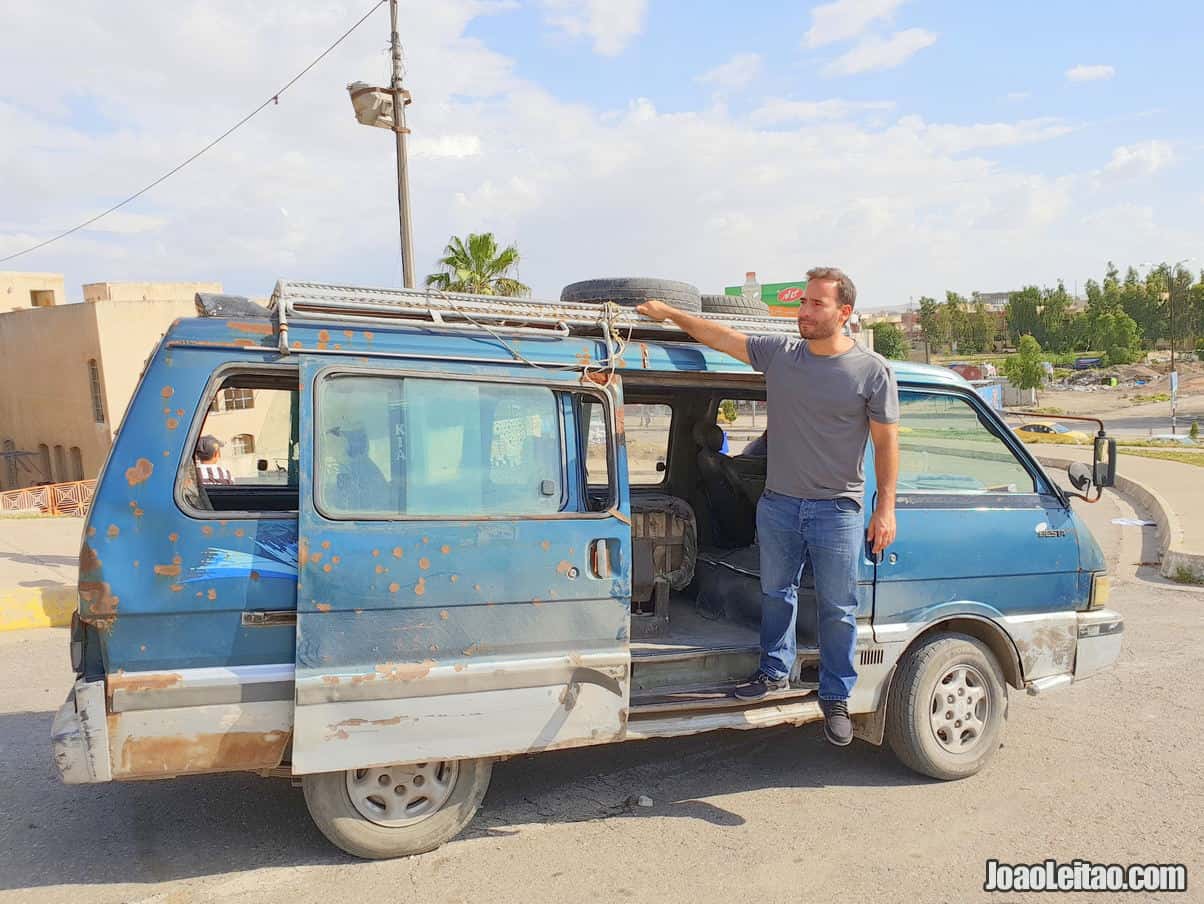
There is no other way to put it. Mosul was entirely destroyed by war. When ISIS took over in 2014, it completed devastated the city, and it didn’t improve during the time the radical group ruled. But the worst happened during the liberation. After months of attacks by the Iraqi troops and the American, Australian, and Canadian air forces practically nothing was left standing.
Most of the streets turned to rubble, and the buildings lining them collapsed under the weight of the explosions. According to the United Nations, of the 54 residential neighborhoods in West Mosul, 15 were severely damaged, and 23 had considerable damages.
But there is hope, big hope, that the city can go back to normal. At least on the surface because the scars of what happened there will only heal after a few generations.
Visiting Mosul is a bit complicated because it’s under Bagdad control and the visa on arrival given by the Kurd region is not enough.
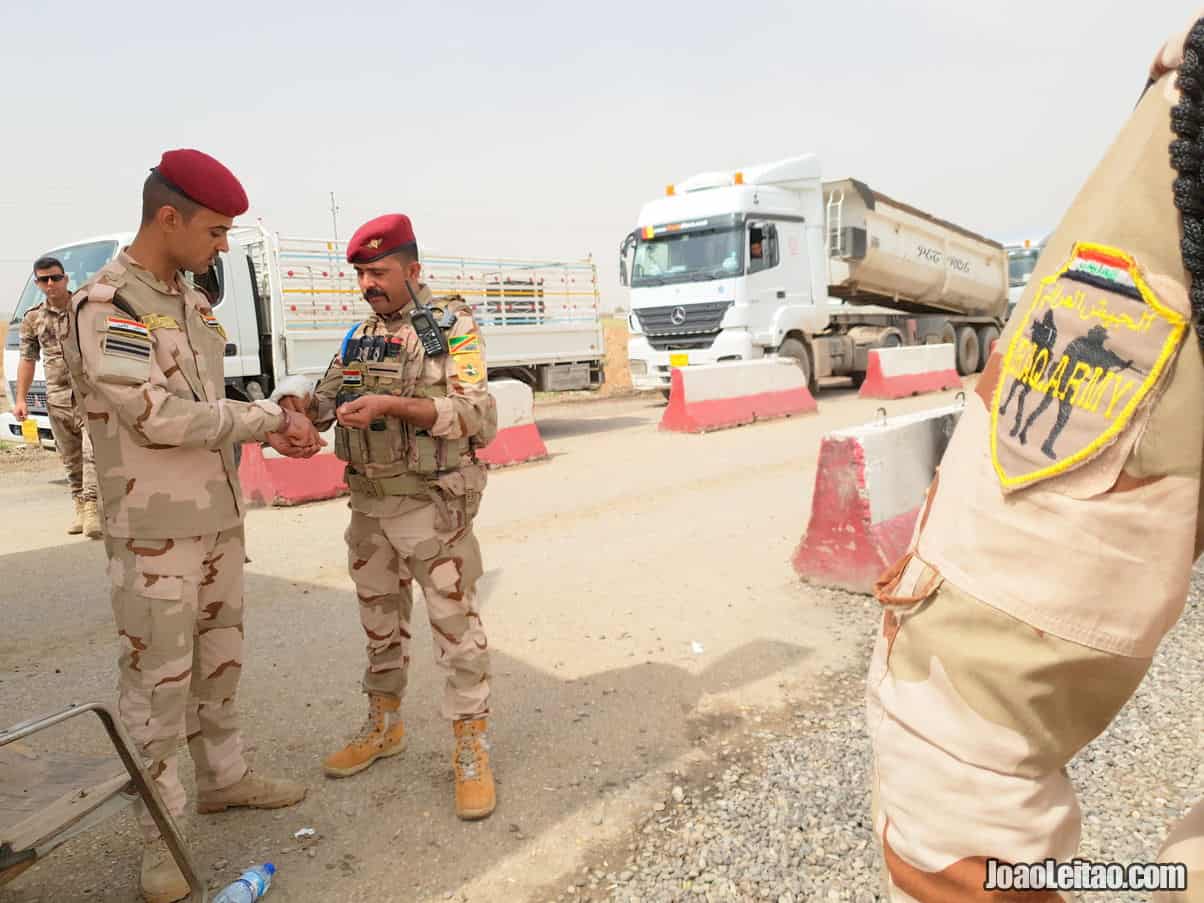
I visited Mosul in 2018, about six months subsequently the liberation. After meeting Calvin from Monsoon Diaries at a hotel in Erbil, we somehow motivated each other to do this crazy and dangerous trip together.Venla maki Ikola also joined us. As Calvin had to get his airplane in Erbil, I ended up exploring Mosul along with Venla.
Unless you have made adequate arrangements, DO NOT ATTEMPT TO DO WHAT WE DID TODAY. At of the time of posting, Mosul remains an active war zone. Although ISIS/ISIL/Daesh has fallen to the Iraqi forces and Mosul has been recaptured by the Iraqi government, pockets of resistance belonging to the Islamic State remain at large — even today a suspected ISIS jailer was captured fleeing a few feet away from us as we were waiting at the checkpoint outside of Mosul.
Mosul, Iraq: Life Finds A Way by Calvin D. Sun from Monsoon Diaries
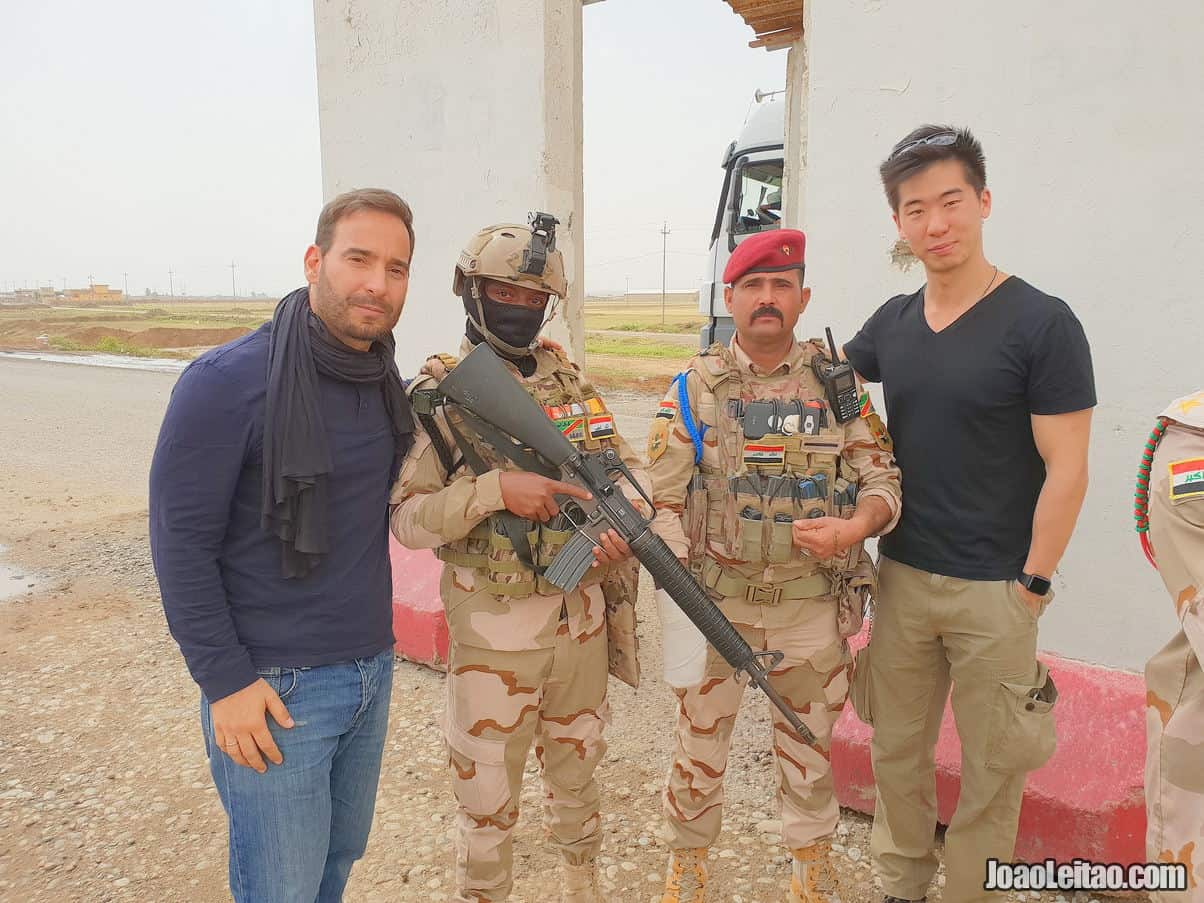
In addition to the obvious shocking and devastating scenario, I also saw some signs of optimism. By the Tigris River, a place that was once lively, things are slowly returning to normal. The first esplanades came back, and people behave as if they’d like to get back to a normal life.
Outside the old part, most of the city is a regular Iraqi city at first sight, with people in the streets, open shops, and full restaurants.
Local authorities are motivated to recover the city completely. For example, the Historic Center of Mosul was included in 2018 in the tentative list to become a UNESCO World Heritage Site.
University of Mosul
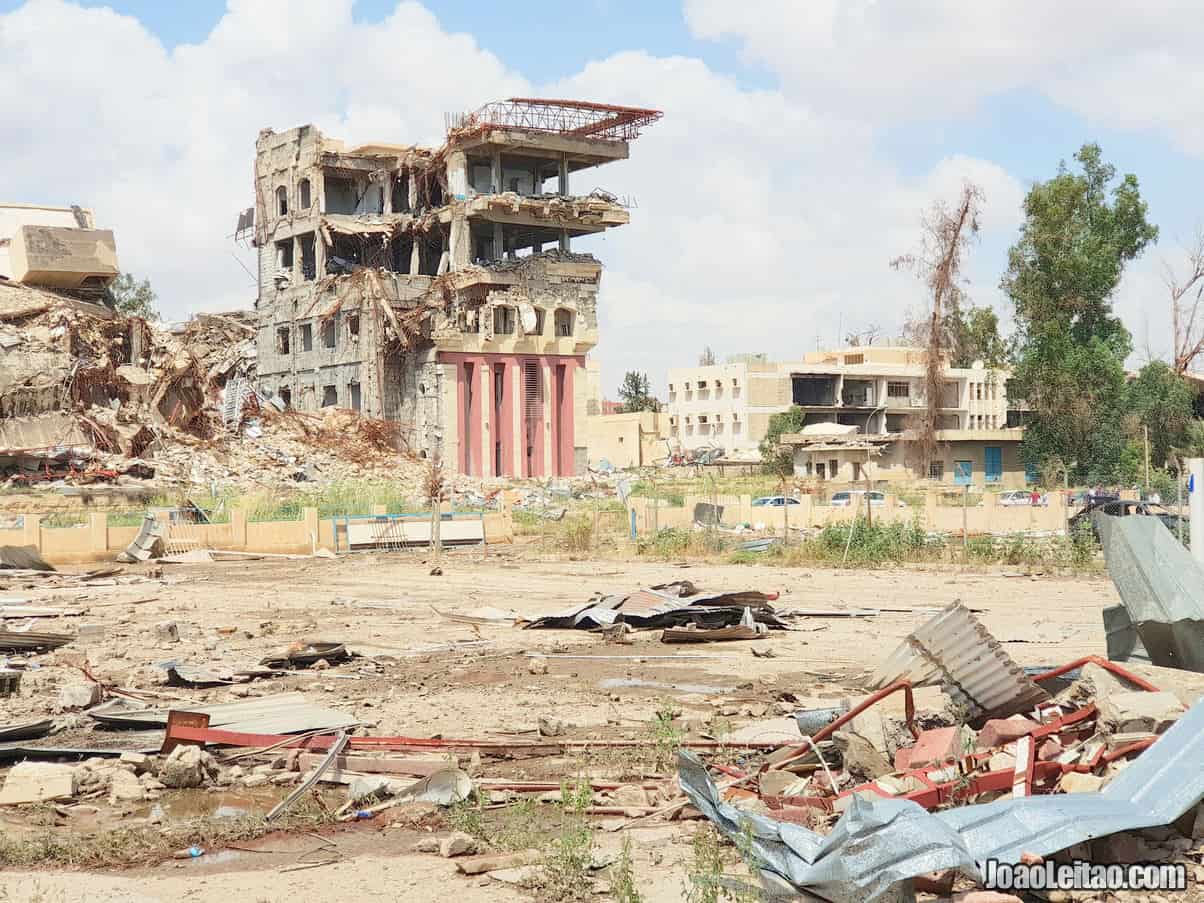
I saw many sad things on my trip to this city. The University of Mosul, one of the largest in the Middle East, is practically gone. ISIS had a base of operations there, and the coalition forces didn’t spare the building. The bombings destroyed 19 buildings at the campus. Despite the destruction, some parts of the university were open to welcome students and professors.
Nineveh Oberoi Hotel
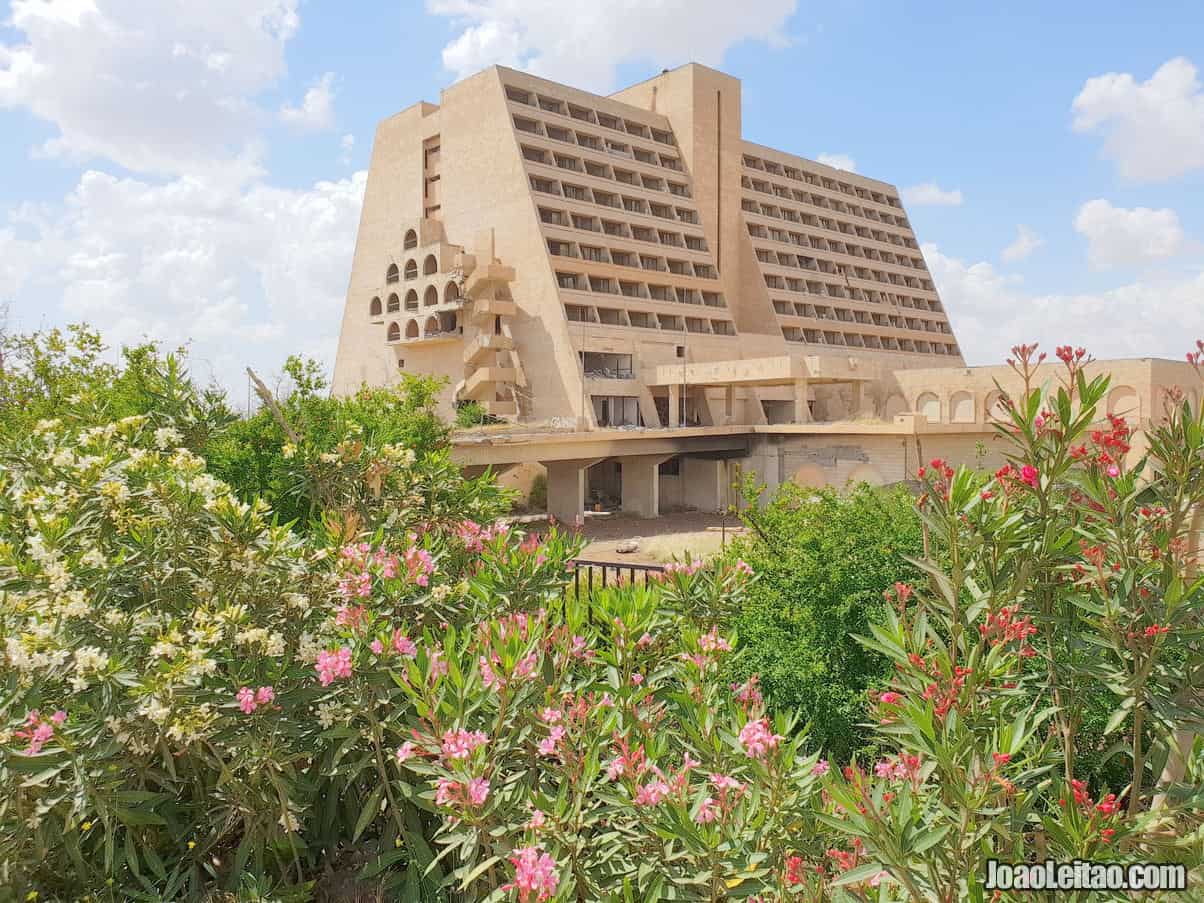
I was near what’s left of the Nineveh Oberoi Hotel. It was built by the Tigris River in the 1980s and became one of the iconic buildings in the city. During the Saddam Hussein regime, it was the hotel where the political elites stayed when they came to Mosul. It has 11 floors with 265 rooms, or what’s left of them. After taking over the city, ISIS used it as the quarters for foreign radicals and suicide bombers, changing the name to Waritheen Hotel. When they saw they were about to lose the city, they blasted the place using dynamite, allegedly so it couldn’t be used by the government troops.
Tomb of Prophet Yunus
I visited what’s left of the mosque where the tomb of prophet Yunus is. It survived seven centuries of wars but not the devastating fury of the Islamic State, that blasted it.
Getting in here was difficult because the guard at the premises doesn’t allow anyone to get through. After a few smiles and kind words, I was able to explore the site with the warning that it was dangerous and I could be hit by the debris.
Old City of Mosul
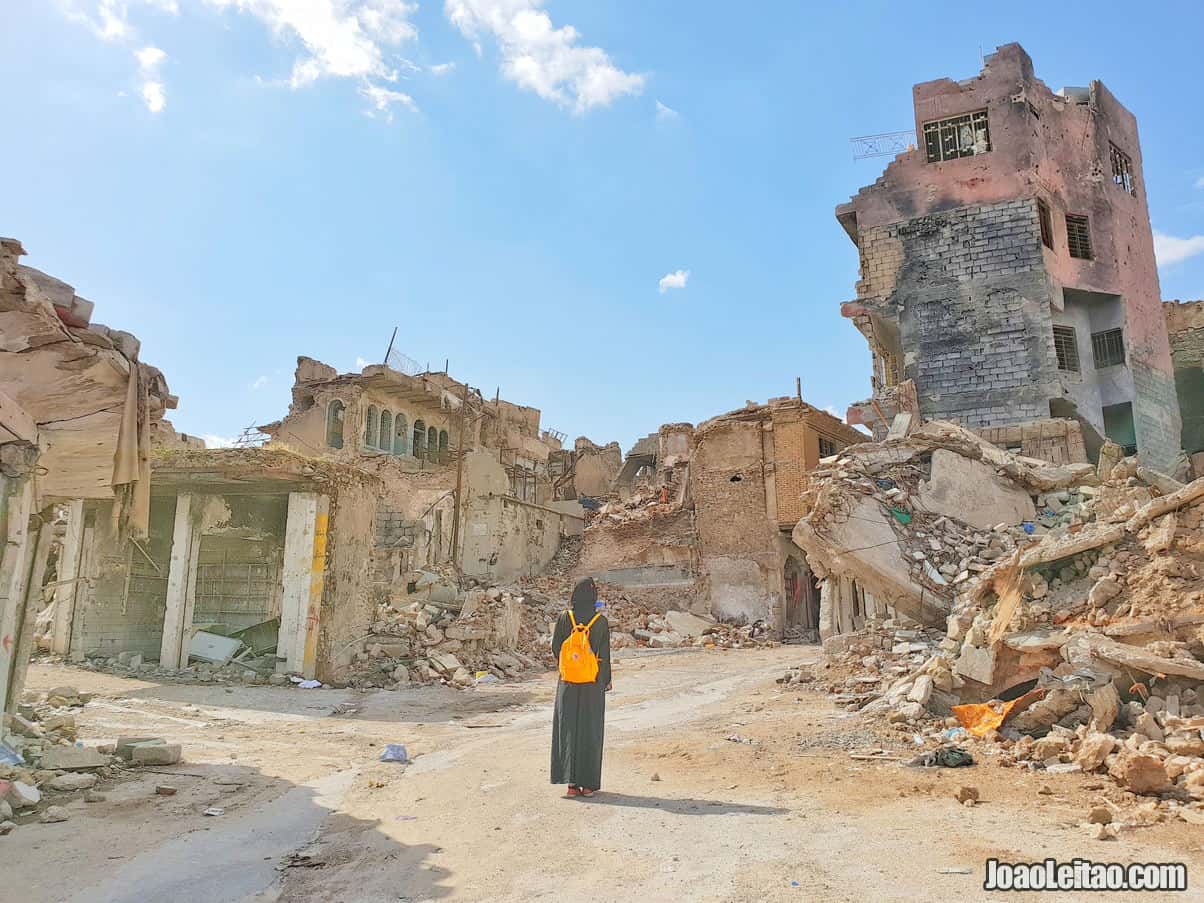
I was particularly disturbed with the historic center of Mosul, a neighborhood hundreds of years old completely wiped out within months. It was the last bastion of the Islamic radicals’ resistance and endured the most violent bombings for the longest period. In the end, it was a pile of rubble.
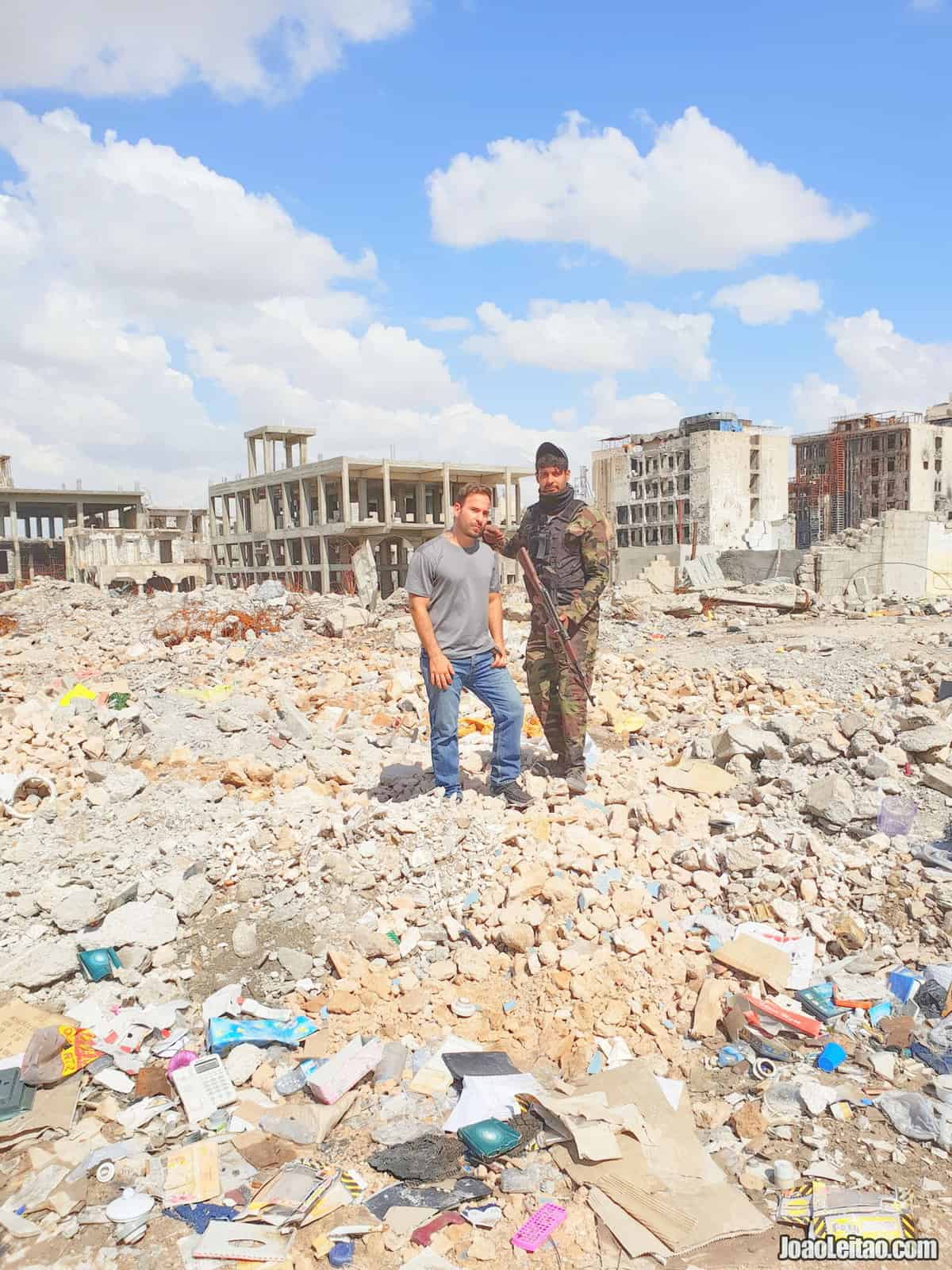
There is something in Old City of Mosul that overpowers your senses: the smell. The smell of rotting human flesh arising from the over 400 corpses under the debris. The stench is intense and sets in everything, threatening to hover over Mosul forever like a ghost telling a story of death.
Mosul Dam
I was at Mosul dam, a colossal construction finished in the 1980s. For some time, it supplied the city with water and electricity. But the succeeding conflicts that followed its construction nearly destroyed it.
Nowadays, power outages are frequent, and the dam needs urgent renovation work. There are alarming reports regarding the stability of the structure, but because of the looming ISIS threat, they weren’t able to start work yet.
I visited the Mosul dam two weeks after I visited the city.
While traveling in Iraq with a camper van for one month, I decided to include some parts controlled by the Iraqi army in my itinerary. On a road north of Mosul, the officers let me get by without asking me too many questions. The same happened when I visited the Diyala Province.
Also read my page:
Van Life Iraq: One-Month Road Trip With A 4X4 Camper Van
Must Read about Mosul
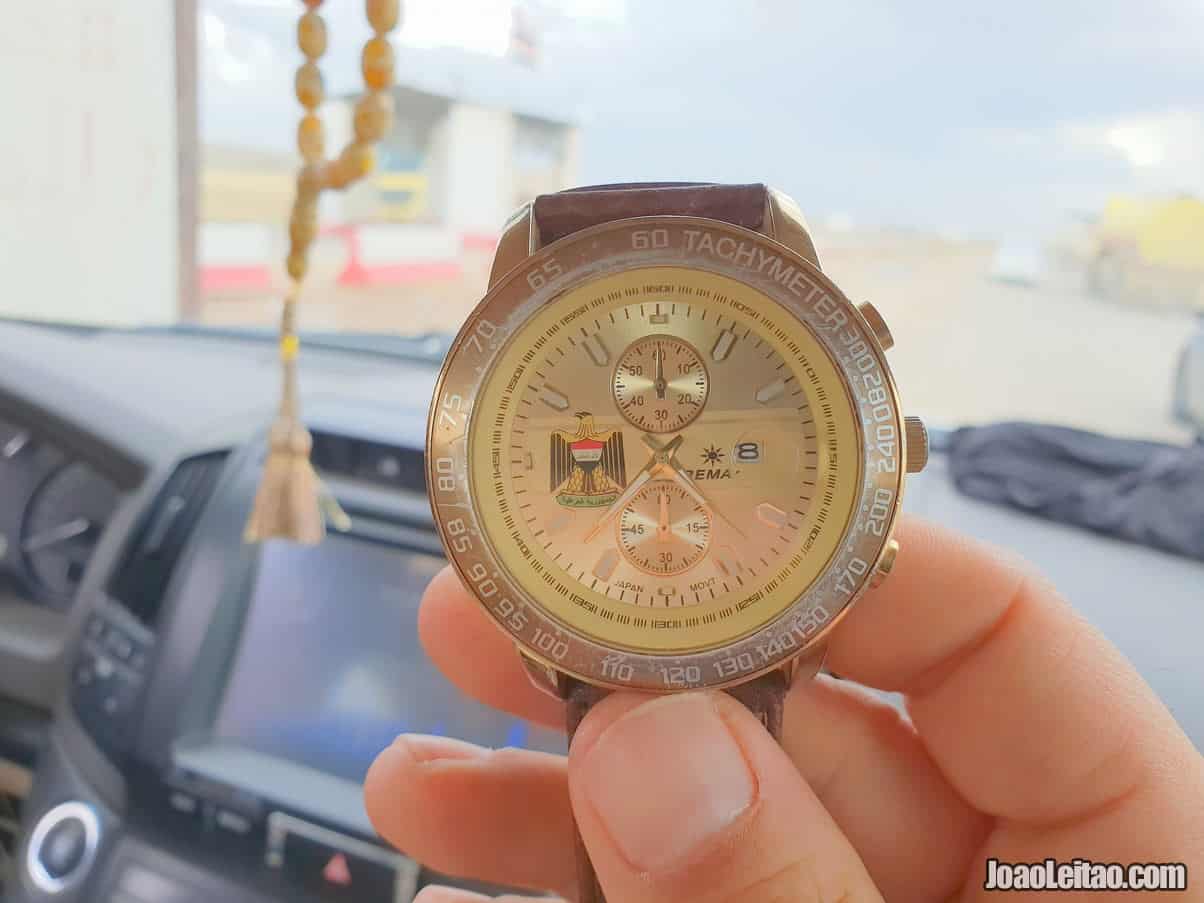
If you enjoy reading and are interested in this topic, here are three book suggestions to add to your library:
The heartwarming and, at the same time distressing, diary of Lina, a nine-year-old girl who recorded her perspective of the events in her diary, when Mosul was being taken over by ISIS on June 2014.
In this book of pure war journalism, James Verini describes what happened during the liberation of Mosul through the eyes of two brothers and their family, a high-ranking Iraqi officer, members of the Kurdish militia, and an American war veteran.
German journalist Jurgen Todenhöfer spent months negotiating a visit to occupied Mosul with his contacts in ISIS. His request was accepted, and he traveled to the Iraqi city with his son Frederic Todenhöfer, who photographed the journey. The book is not so much about Mosul, but more about ISIS, their motivations, and the perspectives of some of their members. But it’s an interesting and informative read.
NOTE: I’ve been to Iraq three times. The first time back in 2010, the second time at the beginning of 2016, and the third time just recently in 2018 traveling for one month driving my campervan. Throughout recent years, Iraq has become safer, and there are many areas that can be visited without any issues. If you think you’d like to make such a trip, check RJ Travel‘s available Iraq Tour Packages, as there are a few options to visit Mosul.
Also read my page:

